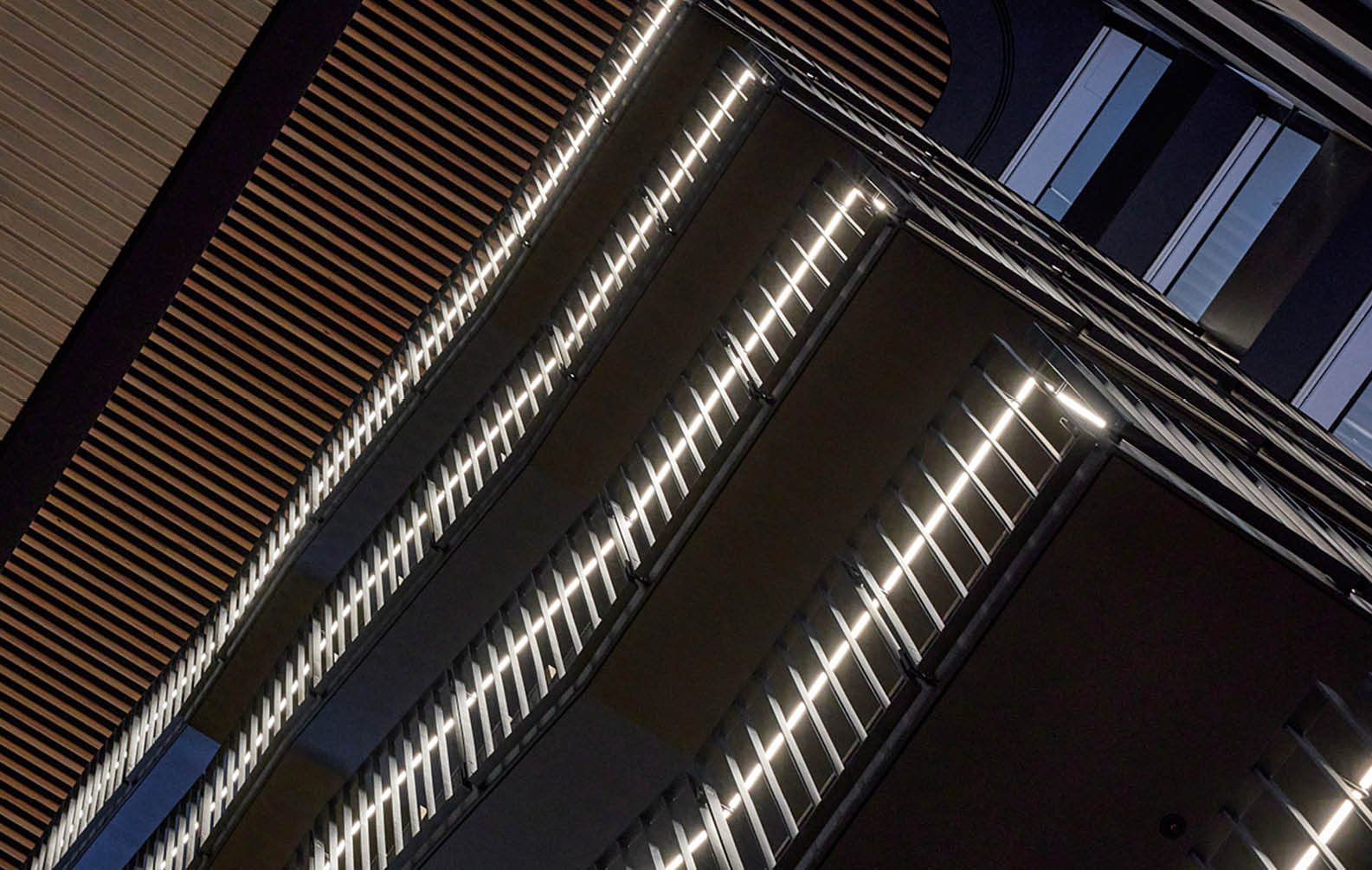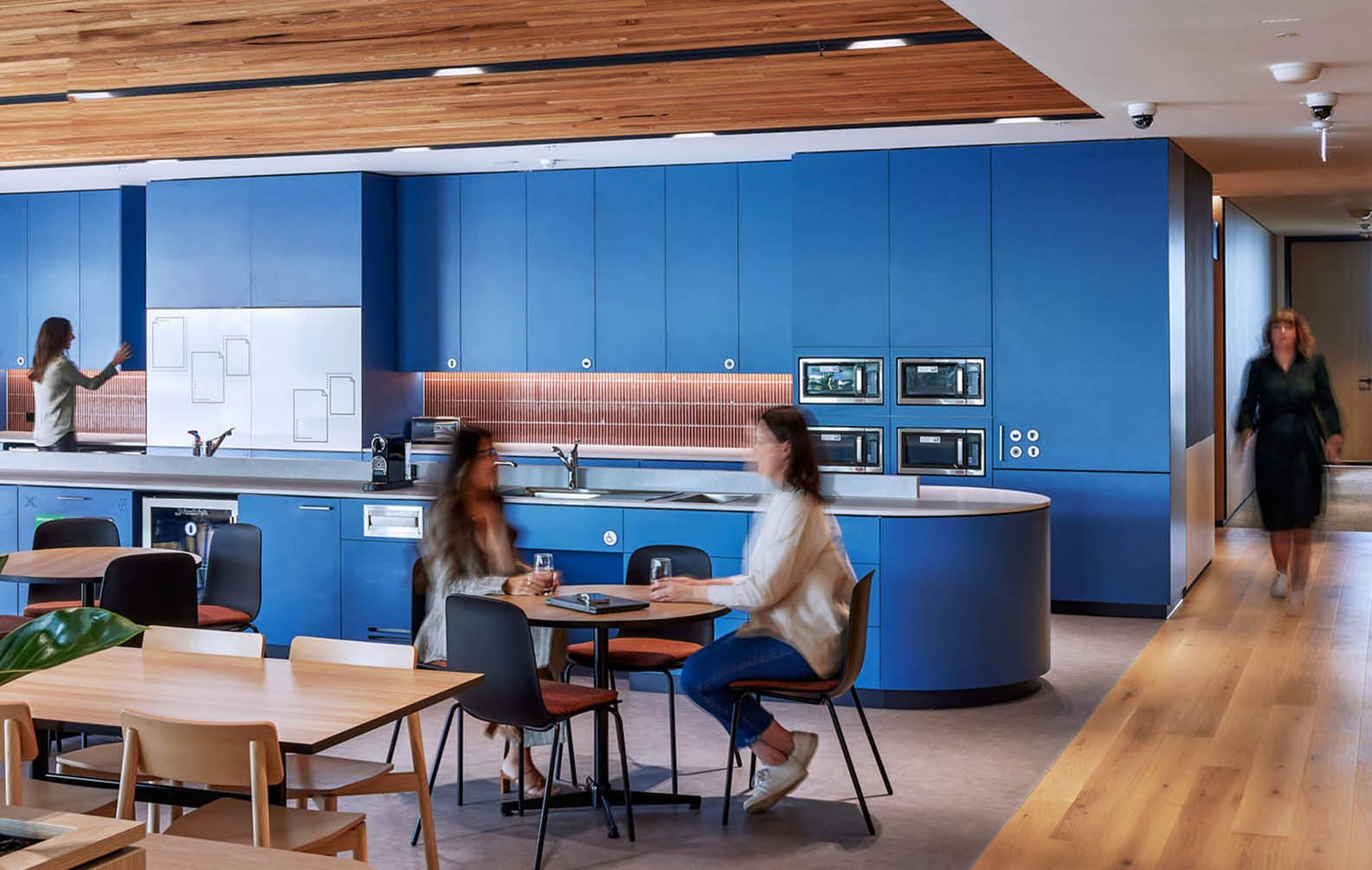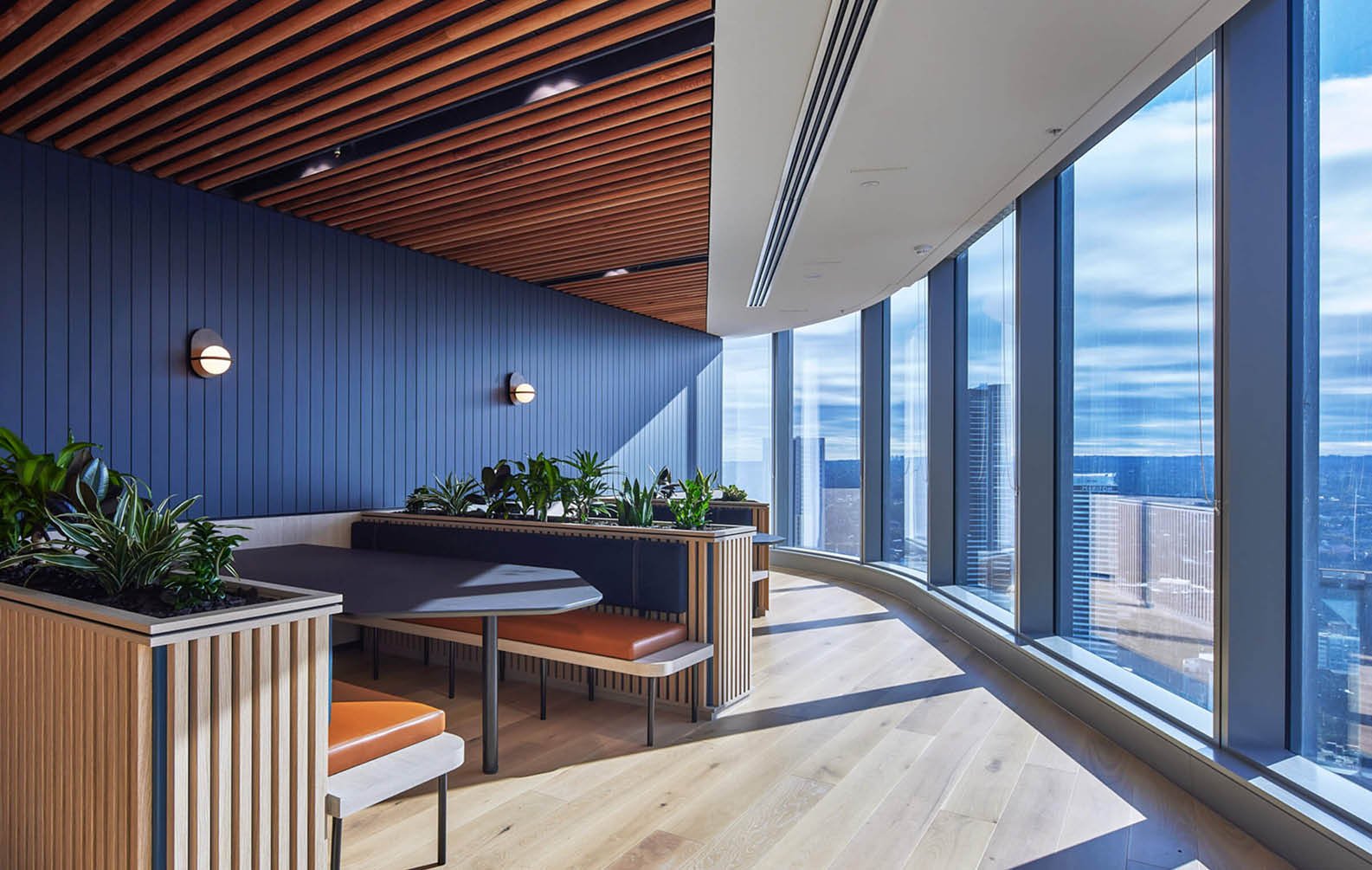Timber Garage Doors - The Top Choice for Seamless Modern Design
Not only is the garage door a crucial component of a modern home design, but it also establishes the home’s overall exterior aesthetic.
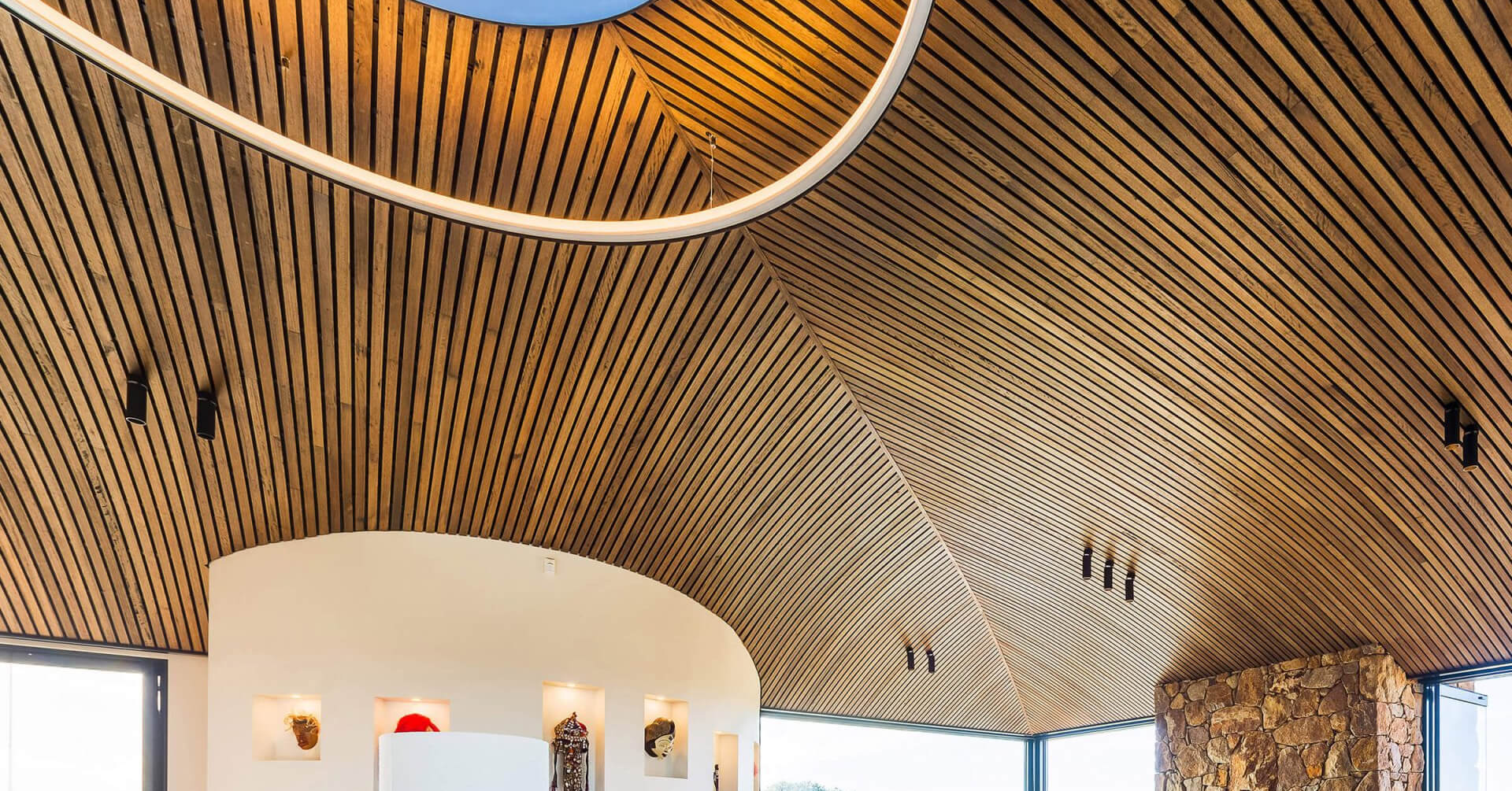
By selecting timber garage doors for your residential projects, you won't disrupt the overall look, rather, you’ll be ensuring the modern garage door detailing blends in perfectly with a product that offers both practical durability and sophisticated design.

What are Concealed Garage Doors?
Defining Concealed vs. Standard Garage Doors
Standard garage doors come in sectional, tilt or roller styles. They are typically mounted externally with visible frames, tracks and operational hardware that clearly defines them as access points. They can also be designed with contrasting materials and colours. They are useful and easy to see and use, but they don't always match a home's style.
In contrast, concealed garage doors are purpose-built to disappear into the facade. It’s made of the same garage door cladding materials as the wall or other architectural elements around it, like wood, stone or composite panels, so that it blends in with the rest of the building. The panel lines often align perfectly with those of adjacent cladding, and there are no visible handles, frames or tracks. The result is a garage door that doesn't look like a door at all. It gives a clean, unbroken outside surface that highlights the building's shape rather than its access points.
The concealed design lets architects focus on clean lines and consistency of materials. It is great for modern, minimalist or high-end buildings where balance and small details are most important, allowing the home to speak without interruption.
Key Features of Concealed Timber Garage Doors
- Counterweight Tilt Mechanism: A smooth, balanced opening system that avoids overhead tracks, ideal for maintaining a minimalist interior ceiling.
- Trackless Operation: Eliminates bulky rails or runners, offering a cleaner aesthetic both inside and out.
- Flush-Mounted Design: The door sits level with the external wall or cladding, creating an uninterrupted finish.
- Custom Cladding Compatibility: You can finish these doors with matching timber or architectural materials, ensuring full visual integration with the facade.
Use Cases in Modern, Minimalist and Custom Homes
Concealed garage doors are especially suited to modern architectural styles — think flat-roofed homes, minimalist builds and custom-designed properties. They’re a go-to for:
- Luxury residences aiming for uninterrupted material expression (e.g. timber cladding carried across walls and doors).
- Coastal or bushland homes that blend into the natural environment.
- Urban infill builds prioritise space and design efficiency, while minimising visual clutter.

Detailing Considerations for Architects
Structural and Framing Requirements
When specifying concealed, modern garage door detailing starts with the structural substrate and support system. These doors — especially those clad in solid timber — carry significant weight and must be installed with reinforced framing and appropriate counterbalance systems, such as counterweight tilt mechanisms.
Flush mounting demands precise tolerances to ensure that the door operates smoothly within tight reveals, without disrupting the clean visual lines. Architects should plan for adequate depth within wall cavities, as well as sufficient clearance above or beside the opening, depending on the motion system.
Aligning with Cladding Systems
Seamless integration hinges on continuity with the home’s external cladding. Whether the facade uses natural timber, metal sheeting, stone veneers or composite panels, the door must be engineered to accommodate these materials without compromising motion or balance.
With timber in particular, considerations around moisture movement, expansion gaps and fixing methods become critical. Select timber species with stable performance (e.g. Blackbutt, Spotted Gum), and allow for hidden fixings to avoid visible fasteners that could break the illusion of a continuous facade.
Matching Joint Lines and Panel Gaps
One of the most defining characteristics of a successful concealed garage door is how well it disappears into the cladding pattern. This means aligning horizontal and vertical joints precisely with the surrounding materials, so panel gaps appear intentional and uniform.
Architects should work closely with door fabricators to map out batten spacing, board orientation and shadow lines. Even slight inconsistencies in the joint width or reveal depth can disrupt the visual flow, so digital modelling and on-site coordination are recommended to maintain flawless transitions.
Integrating Garage Doors
Flush-mounted garage doors, especially those clad in timber, metal or composite panels, can be visually camouflaged within the facade. Systems like Sculptform’s Click-on Battens allow designers to carry vertical or horizontal patterns continuously across fixed walls and operable elements. This visual continuity reduces the visual impact of the garage and contributes to a minimalist, cohesive street presence.
Insulation and Energy Efficiency Considerations
Modern garage door detailing should also support the home’s thermal envelope. In colder locations, you can cover insulated panels with architectural materials to meet both performance and aesthetic needs. These panels usually have polyurethane or polystyrene cores. To keep air from escaping, it's important to have weather seals at the thresholds, vertical jambs and head tracks, especially for garages that are next to living spaces that are climate-controlled.
Noise Reduction Techniques For Urban Environments
For garages in dense urban environments, noise attenuation becomes critical. Solid-core panel construction and acoustic insulation layers help block external noise. Additionally, concealed mechanisms such as counterweight tilt systems reduce mechanical noise compared to standard roller doors. Incorporating perimeter seals and vibration-dampening hardware enhances acoustic performance.
Example Detailing
A typical concealed garage door system includes:
- Frame: Structural steel subframe supports cladding and load-bearing elements.
- Cladding: Timber battens (e.g., Sculptform Spotted Gum) installed on aluminium rails with concealed fixings.
- Door Mechanism: Counterweight tilt or trackless pivot system for smooth, quiet operation.
- Sealing: EPDM compression seals around the frame to prevent water ingress and air leakage.
- Flashing: Continuous head flashing integrated into the batten substructure to divert rainwater away from the opening.
- Joint Alignment: Cladding rails are pre-set to ensure perfect alignment between fixed wall cladding and operable door sections, maintaining a seamless aesthetic.

Material Selection for Concealed Garage Doors
Choosing the right garage door cladding materials is essential so that it works well and looks fantastic, along with the rest of the house design. Sculptform makes several cladding systems that work with different types of concealed garage doors.
Steel Garage Doors
Steel is the best material for hidden doors that need to be sturdy and stiff. You can use Sculptform timber and aluminium battens to hide the look of a steel doorframe. The most important thing is to ensure that the battens or cladding systems are securely attached without affecting the door's weight balance or movement.
Aluminium Garage Doors
Aluminium is light, won't rust and works with Sculptform's aluminium batten systems. You can powder-coat or anodise these to match the colours of the project. These systems are ideal for hidden doors where weight is important and clean, sharp details are desired.
Timber Garage Doors
Sculptform timber click-on battens are a popular choice for high-end concealed garage doors. Architects can align batten spacing across the garage and adjacent walls, achieving a truly hidden effect. These battens come in Blackbutt, Spotted Gum and American Oak, among other timber species. They have a natural, tactile finish that blends in perfectly with the facades around them. The concealed fixing system also supports clean transitions without visible screws or brackets, critical for maintaining an uninterrupted timber grain flow.
Glass and Composite Garage Doors
Architects can use Sculptform timber and aluminium battens on composite or hybrid garage doors if the structure allows it. For example, a composite core door with wood battens is strong, warm and will match beautifully with a family home.

Applications in Luxury Architecture
Homes with Great Views
In high-end coastal homes, hidden garage doors covered in wood battens, such as Blackbutt or Spotted Gum, give the home a warm, natural look that matches the surrounding landscape. When these doors align flush with the timber-clad exterior walls, they maintain the home's sculptural shape and enhance the views of the ocean.
Inner-City Townhomes
Architects designing modern townhomes often use concealed aluminium-clad garage doors that align with batten screening systems on adjacent walls. Sculptform’s Click-on aluminium batten systems create continuous vertical lines across the facade — visually unifying garage doors with balconies or entryways.
Mountain Retreats with Stone and Timber Blends
Luxury lodges and alpine homes integrate garage doors into facades clad with composite or stone-effect panels. In these projects, Sculptform’s timber systems are paired with structural tilt or trackless door mechanisms to support heavy materials while maintaining flush alignment and architectural symmetry.
Custom Villas with Mixed Materials
For bespoke homes combining metal, timber and glass, architects use integrated garage doors as a canvas — layering Sculptform products across a motorised frame that blends perfectly with cladding systems. This versatility supports a monolithic facade where the garage is virtually invisible until activated.
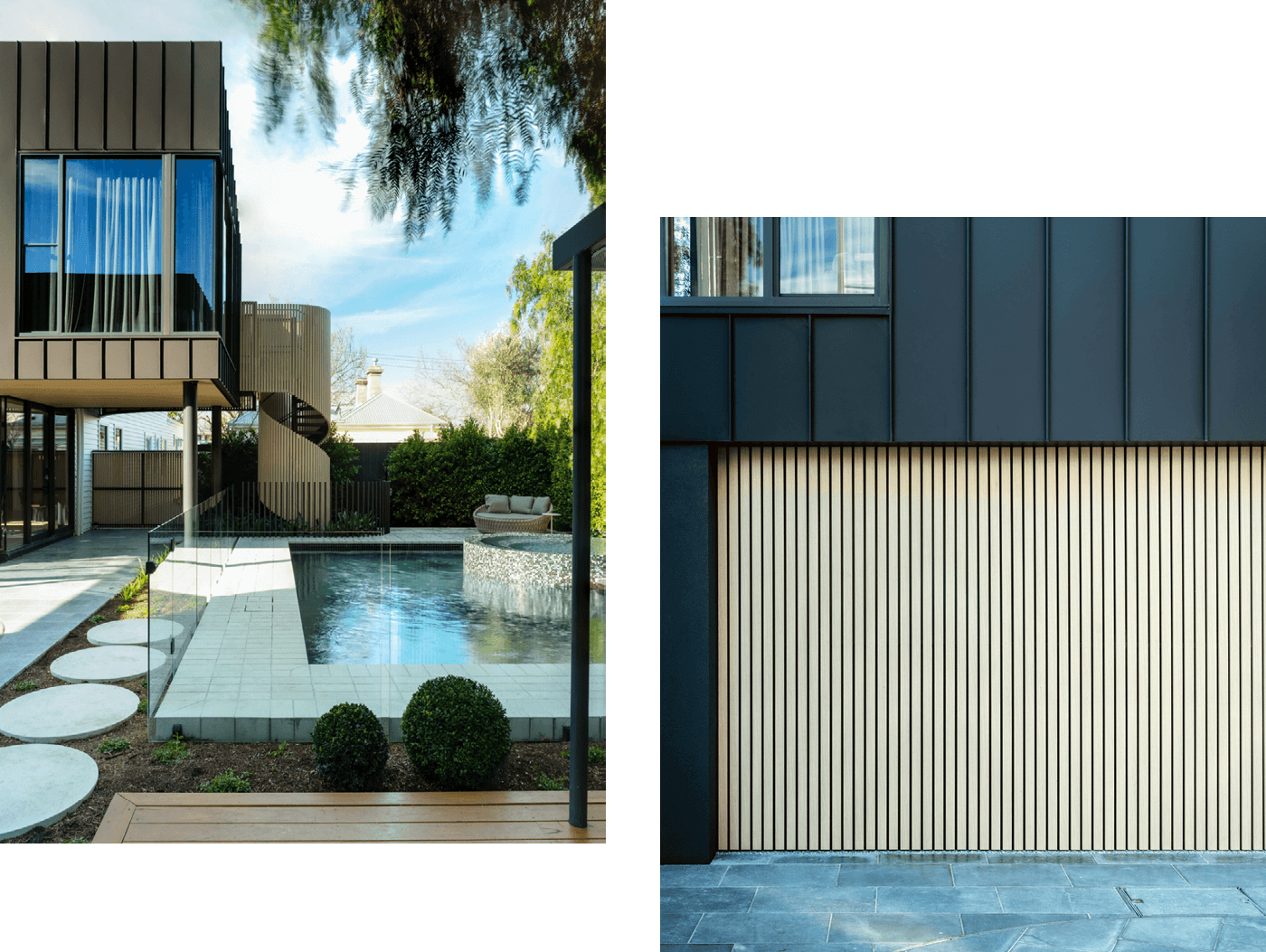
Frequently Asked Questions
The doors usually need maintenance every 12 to 18 months, depending on their exposure to sun, rain and other environmental factors. Cleaning, putting on protective coatings like stains or oils, and looking for signs of warping, cracking or rot are all part of regular maintenance. Using high-quality finishes and choosing durable hardwoods can help keep the timber's natural beauty. Wood finish aluminium is also a low maintenance alternative that looks great.
Yes, timber garage doors can work in coastal areas, but you need to be extra careful. Wood finishes can wear out faster in humid and salty air. Use marine-grade finishes that don't rust when they come into contact with salt and water. Choose dense, naturally durable woods like Spotted Gum or Ironbark. In these harsher conditions, performance is better when the details are done right, like sealed joints and stainless steel hardware.
- Spotted Gum – Dense, hard and highly durable, with a rich variation in tone that suits modern façades.
- Blackbutt – Pale and uniform, ideal for minimalist designs and lighter palettes.
- Western Red Cedar – Light, stable and easy to work with, making it great for vertical battens or curved designs.
- Accoya – Made to be very stable and resistant to rot, which makes it a top choice for hidden systems.

Let’s get started!
Ready to chat about your next project



Murrup Barak - University of Melbourne



The Boot Factory



Belvedere Main Beach
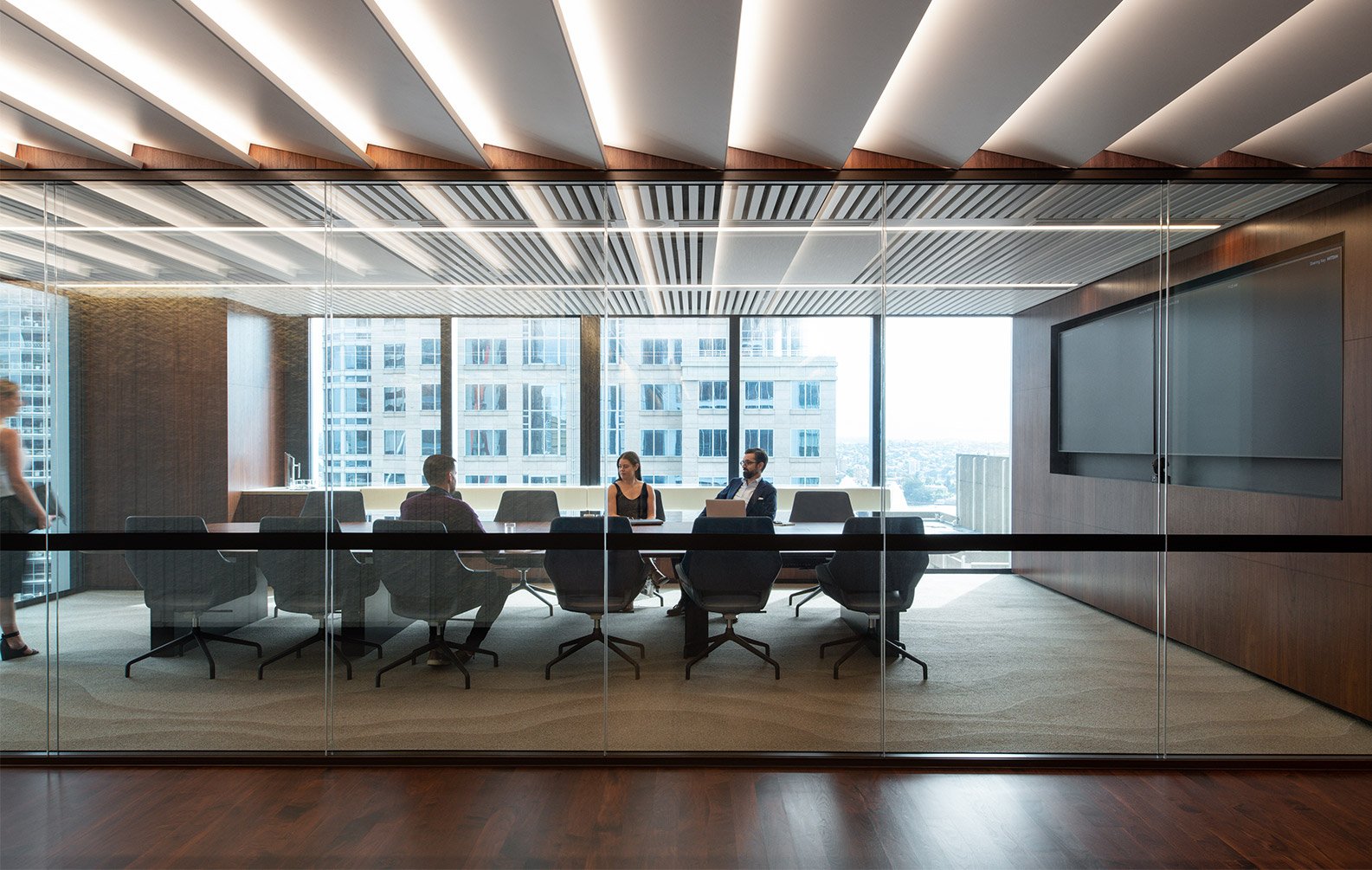
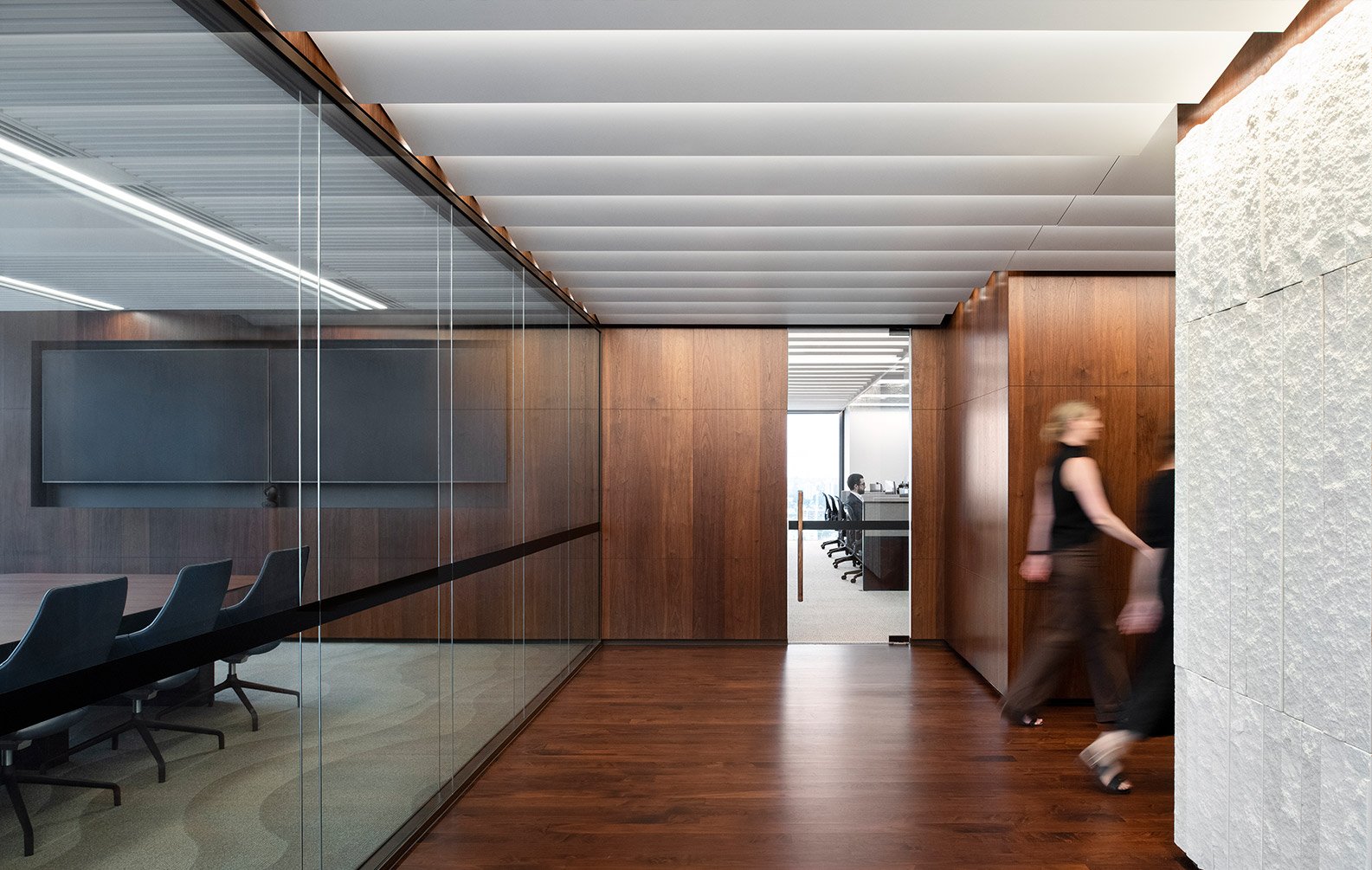
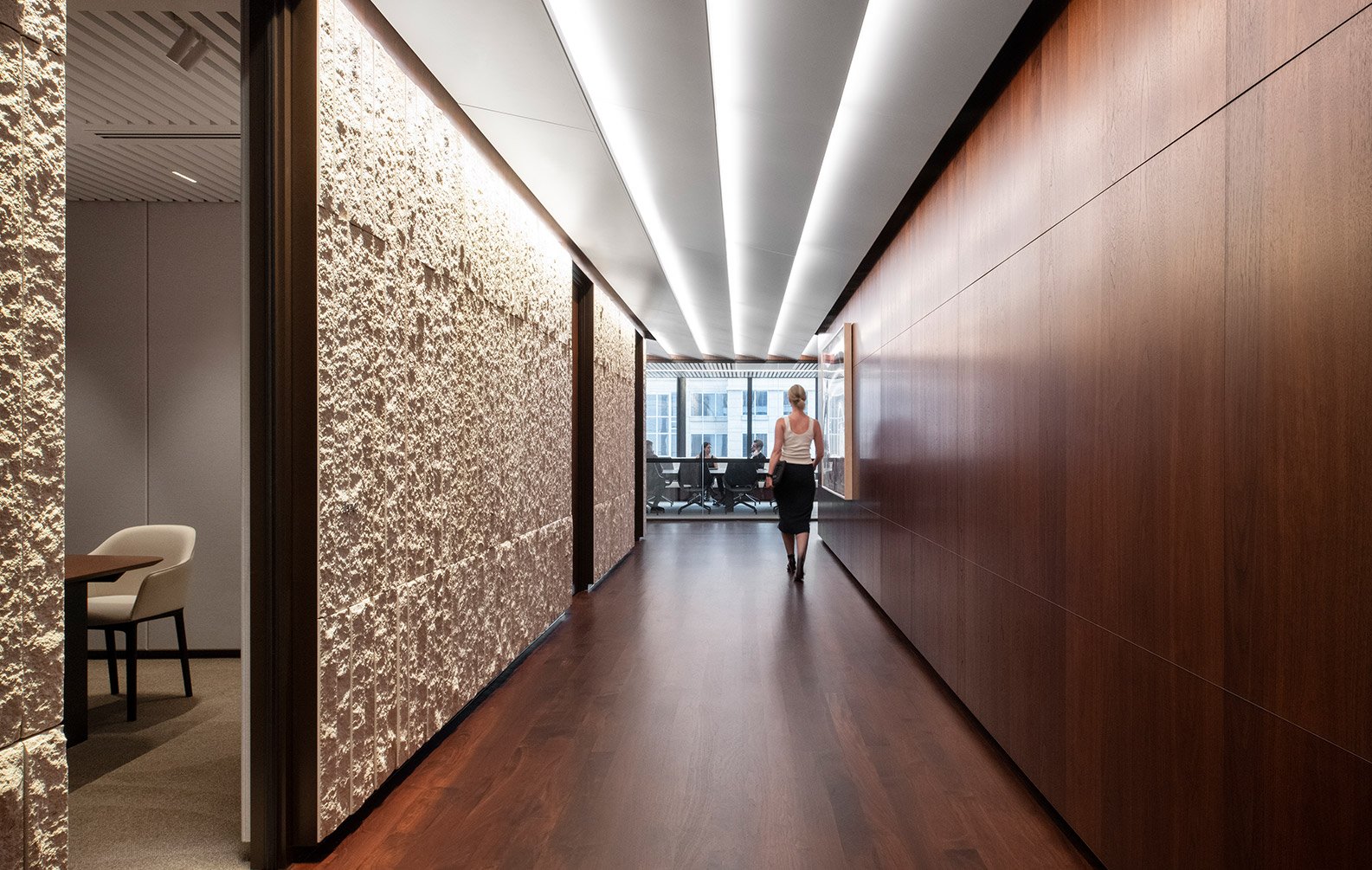
Blackstone, Sydney Office
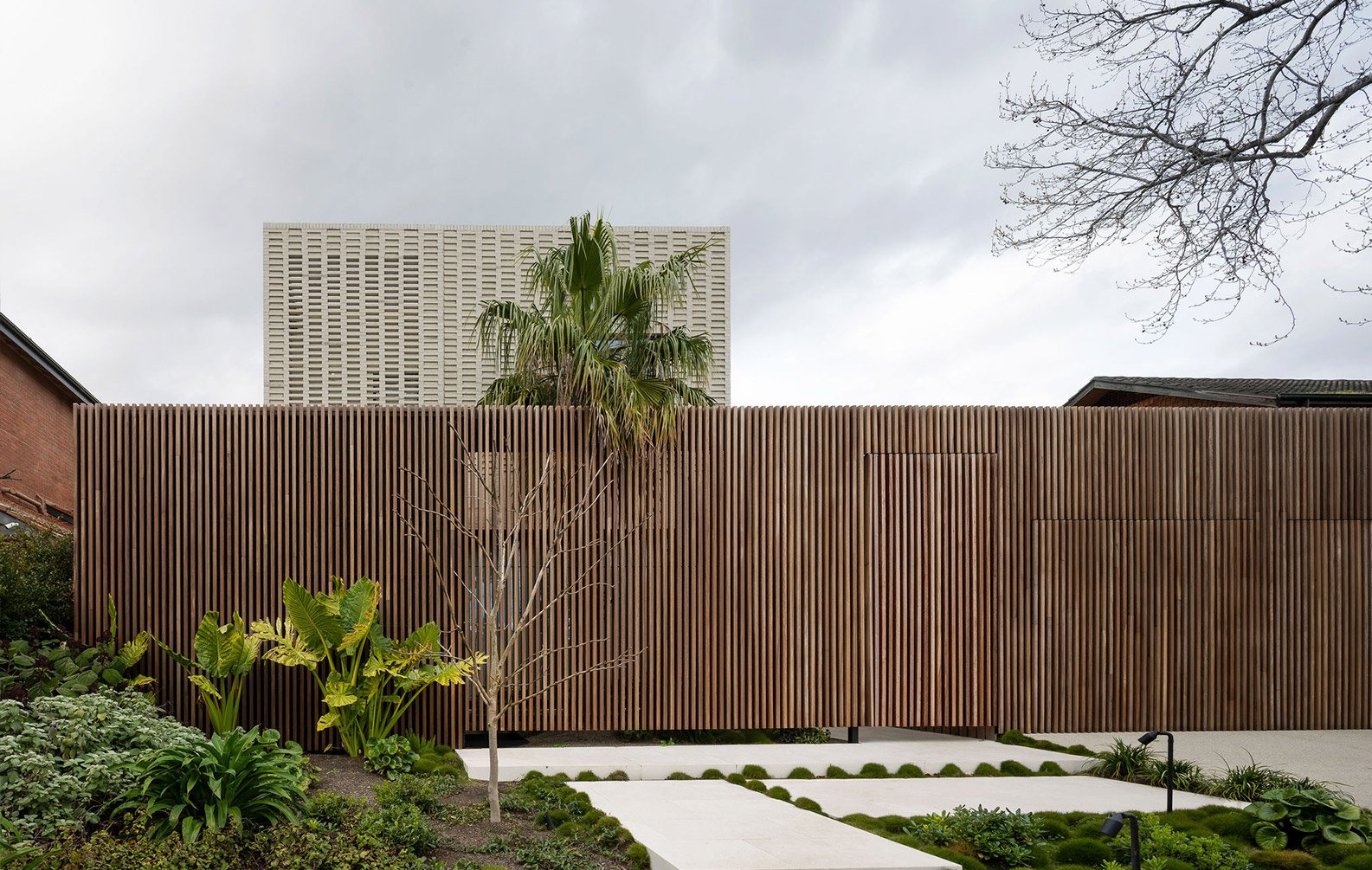
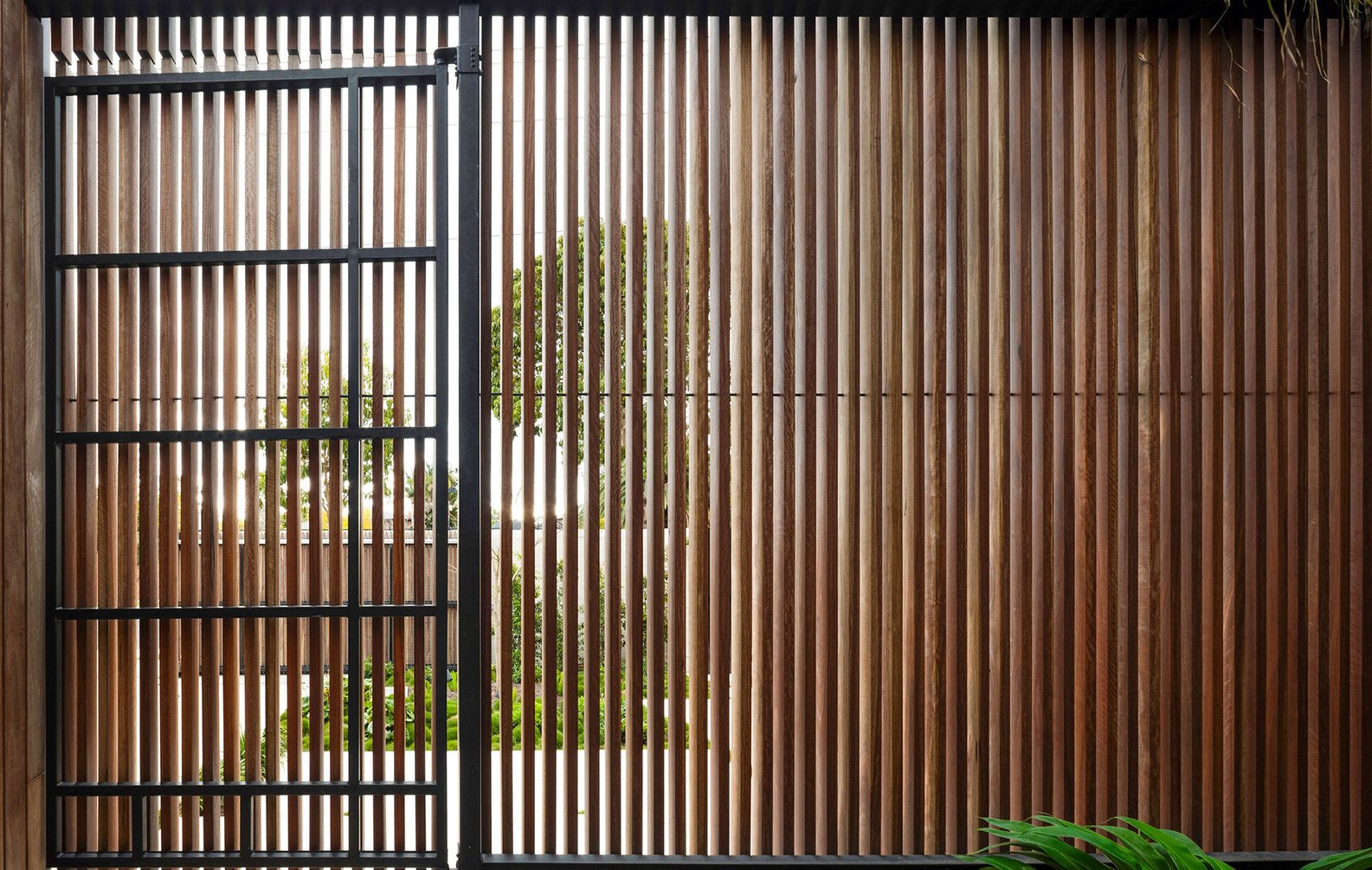
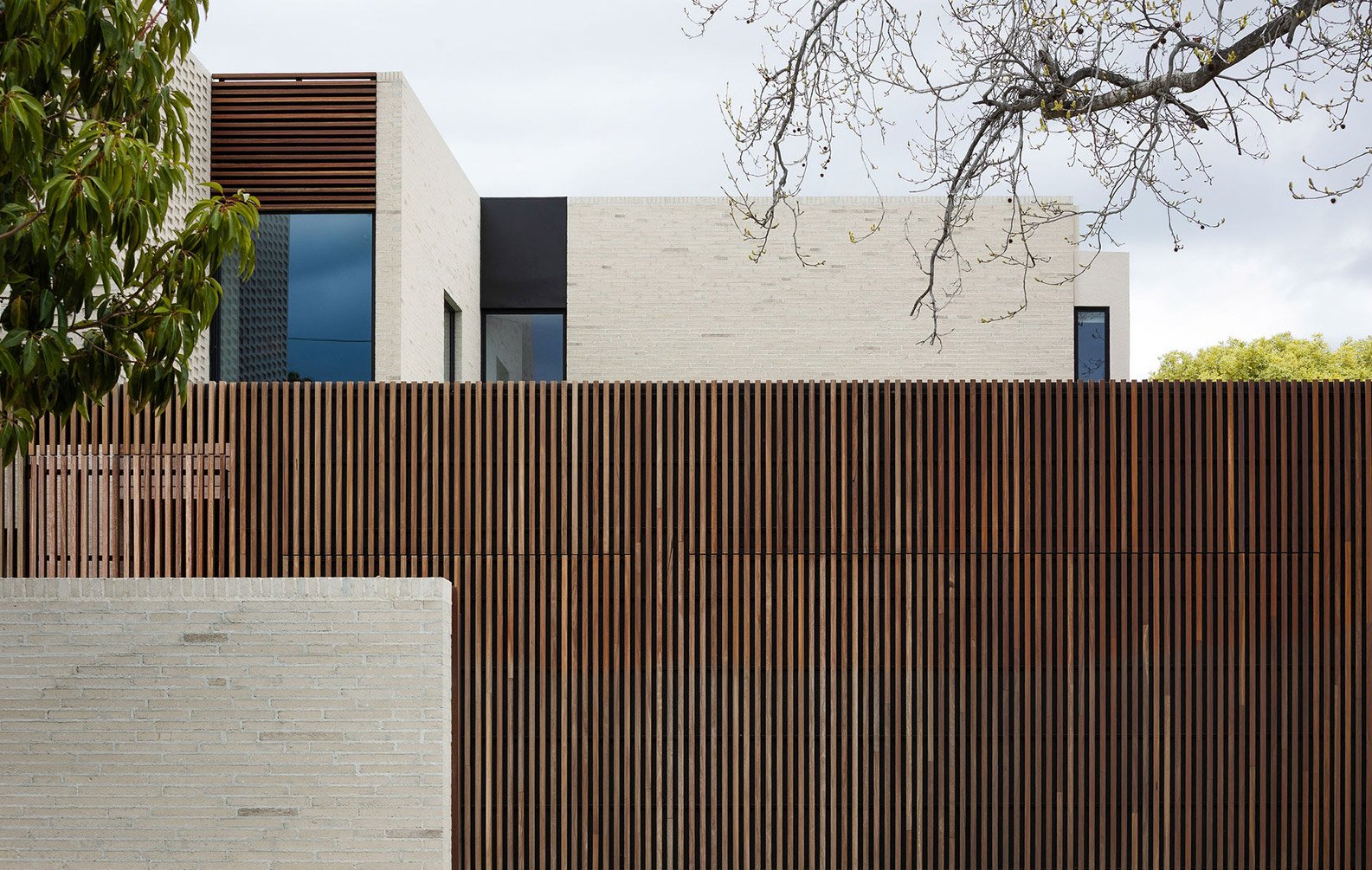
Kooyong Residence
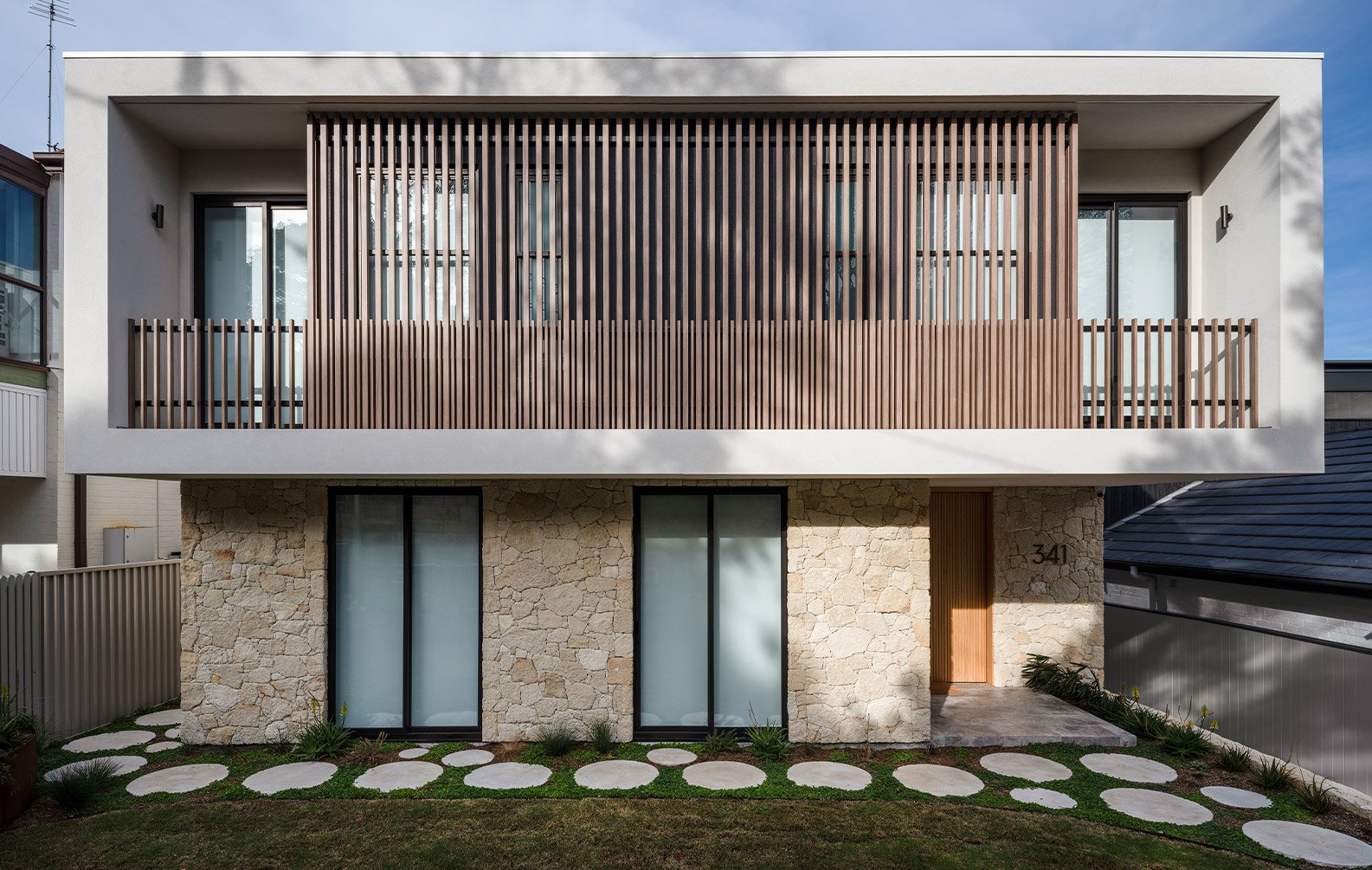
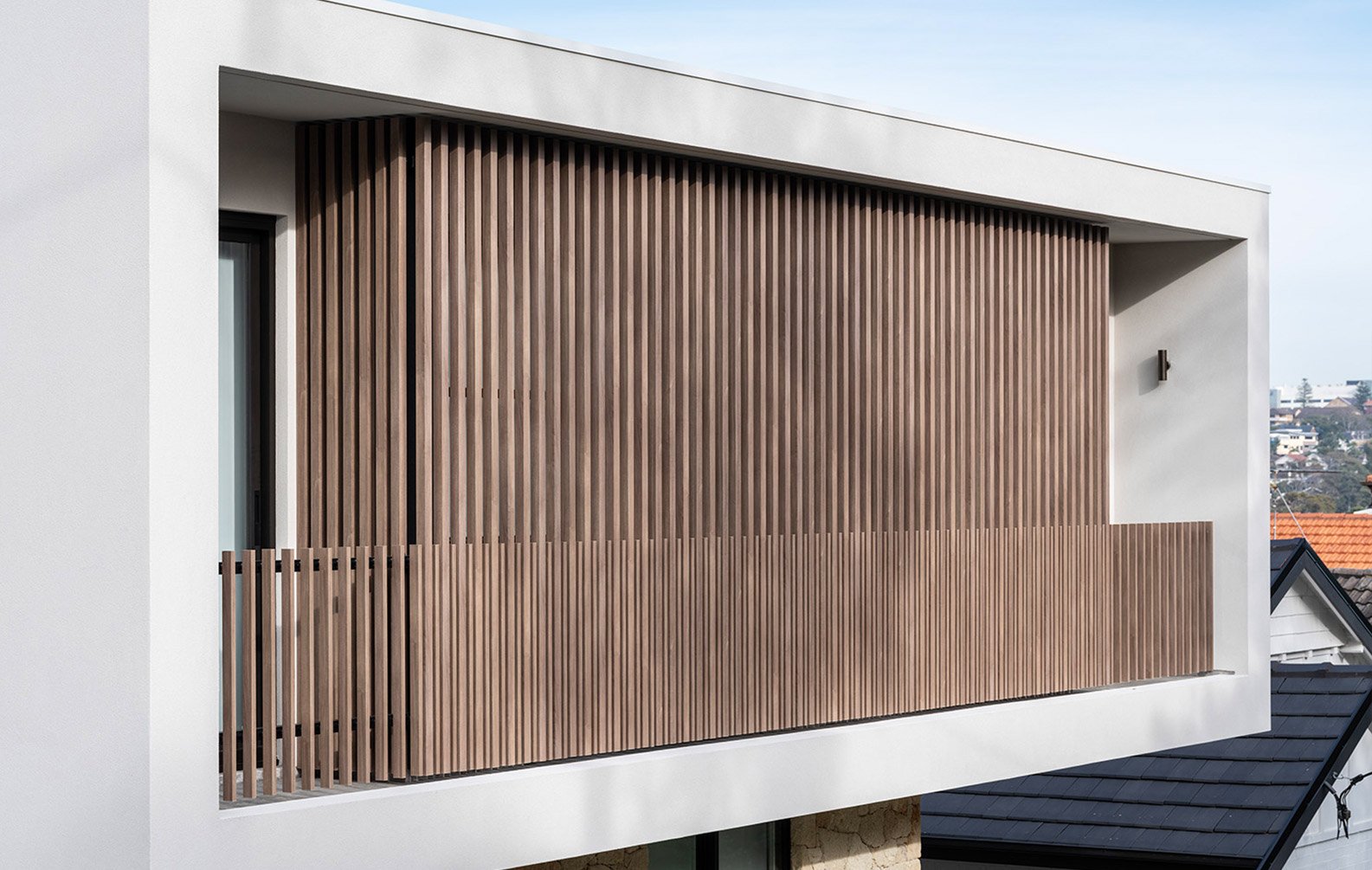

Coogee Residence
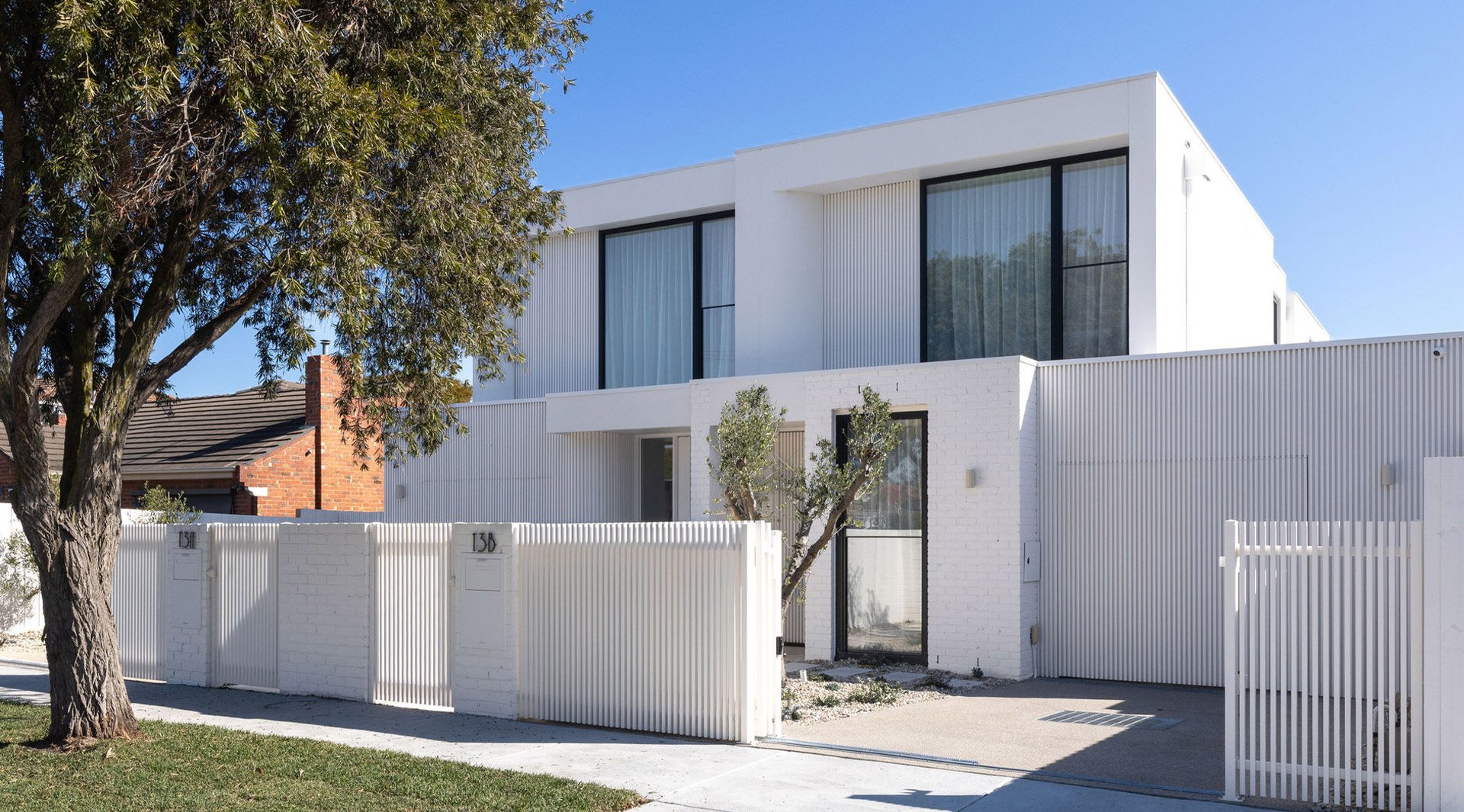
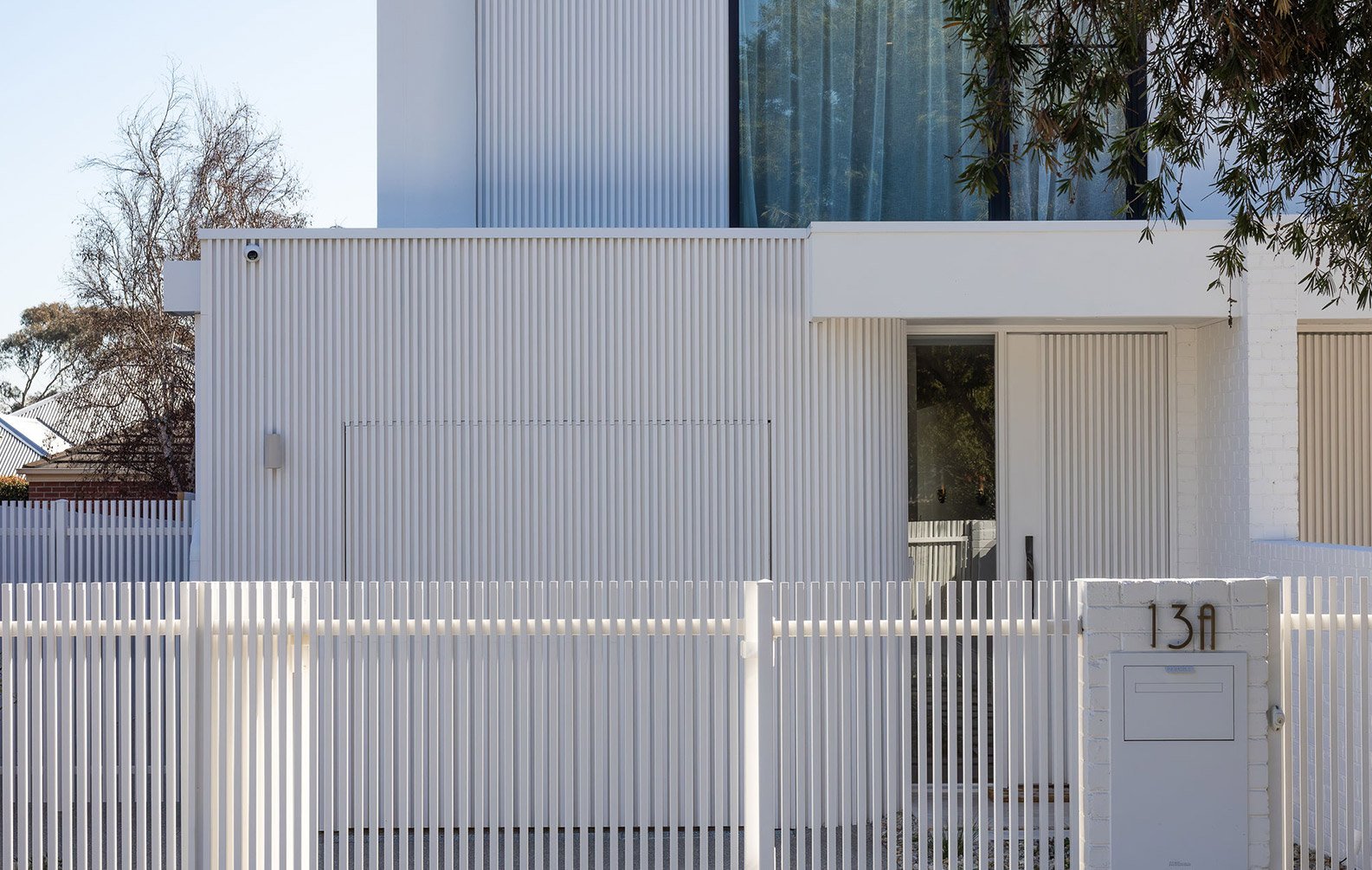
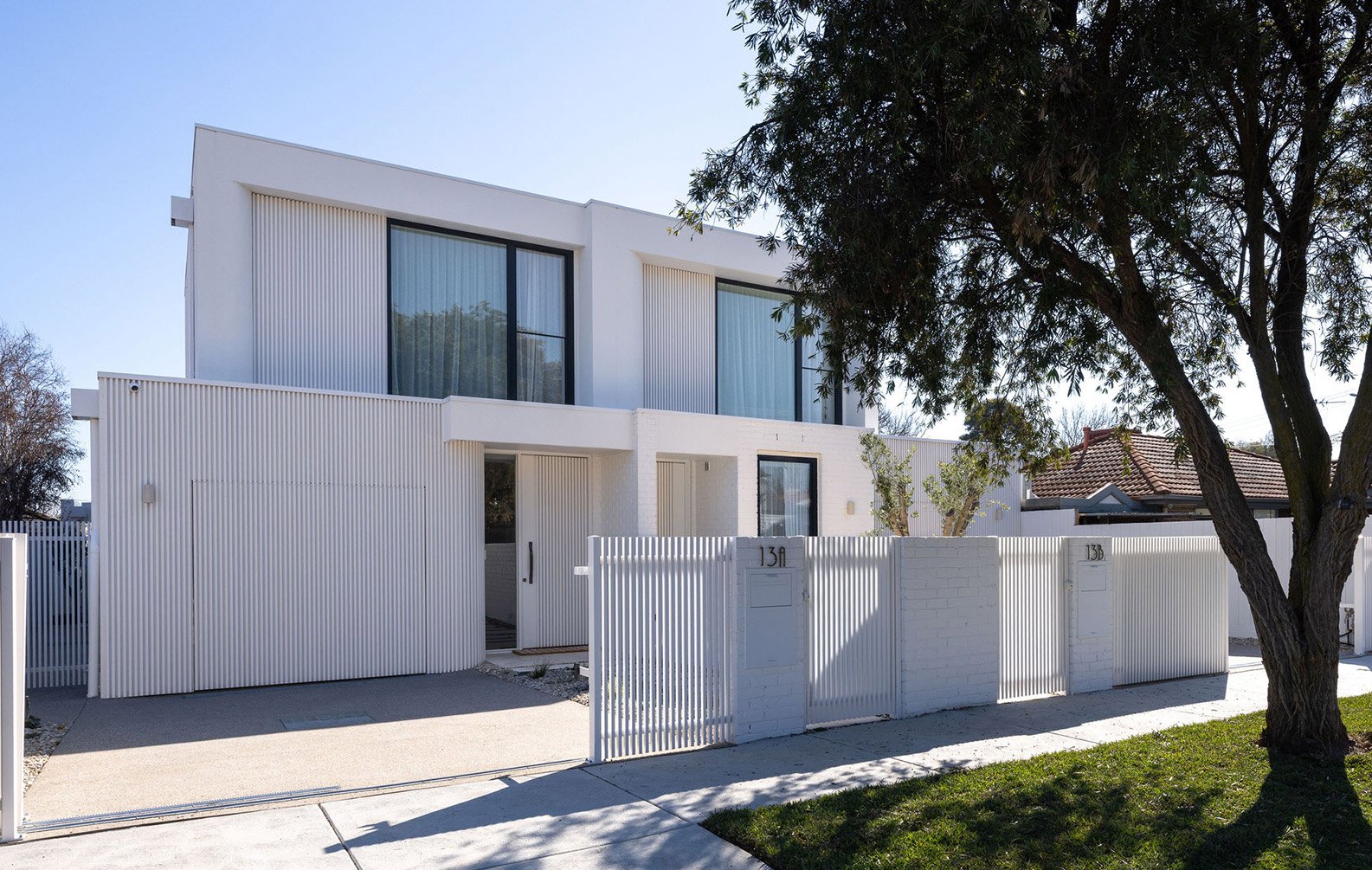
Telford House
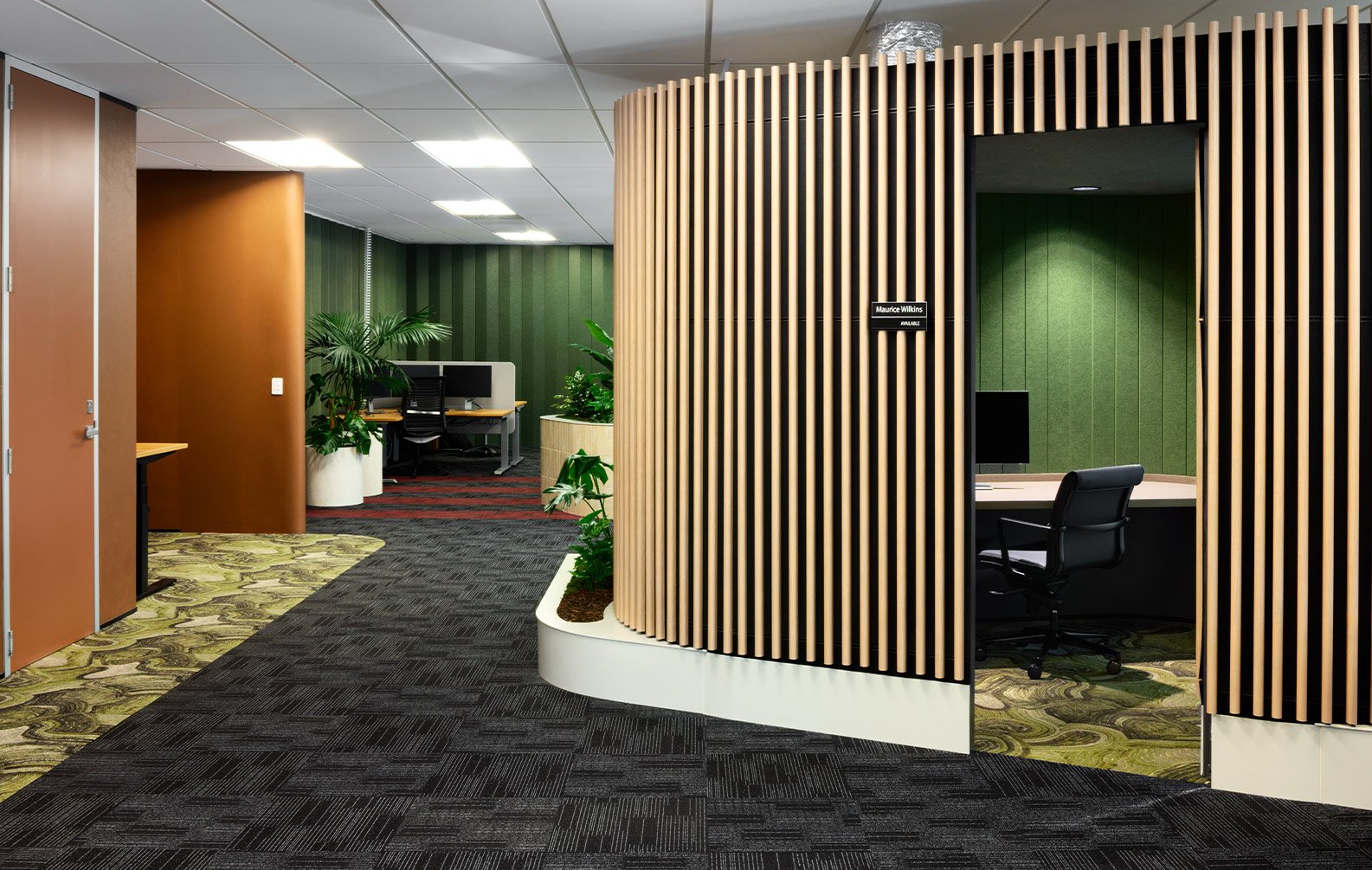
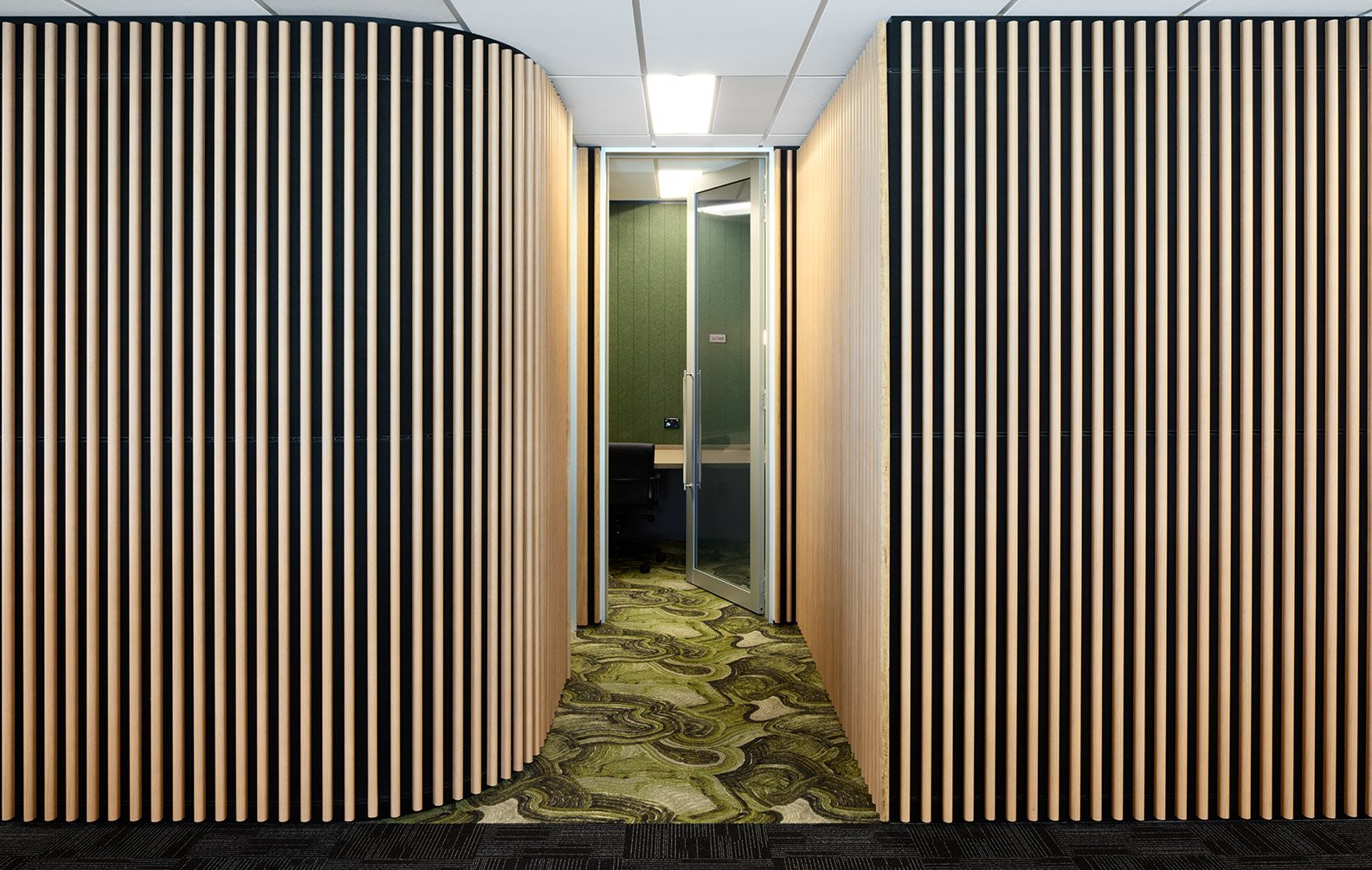
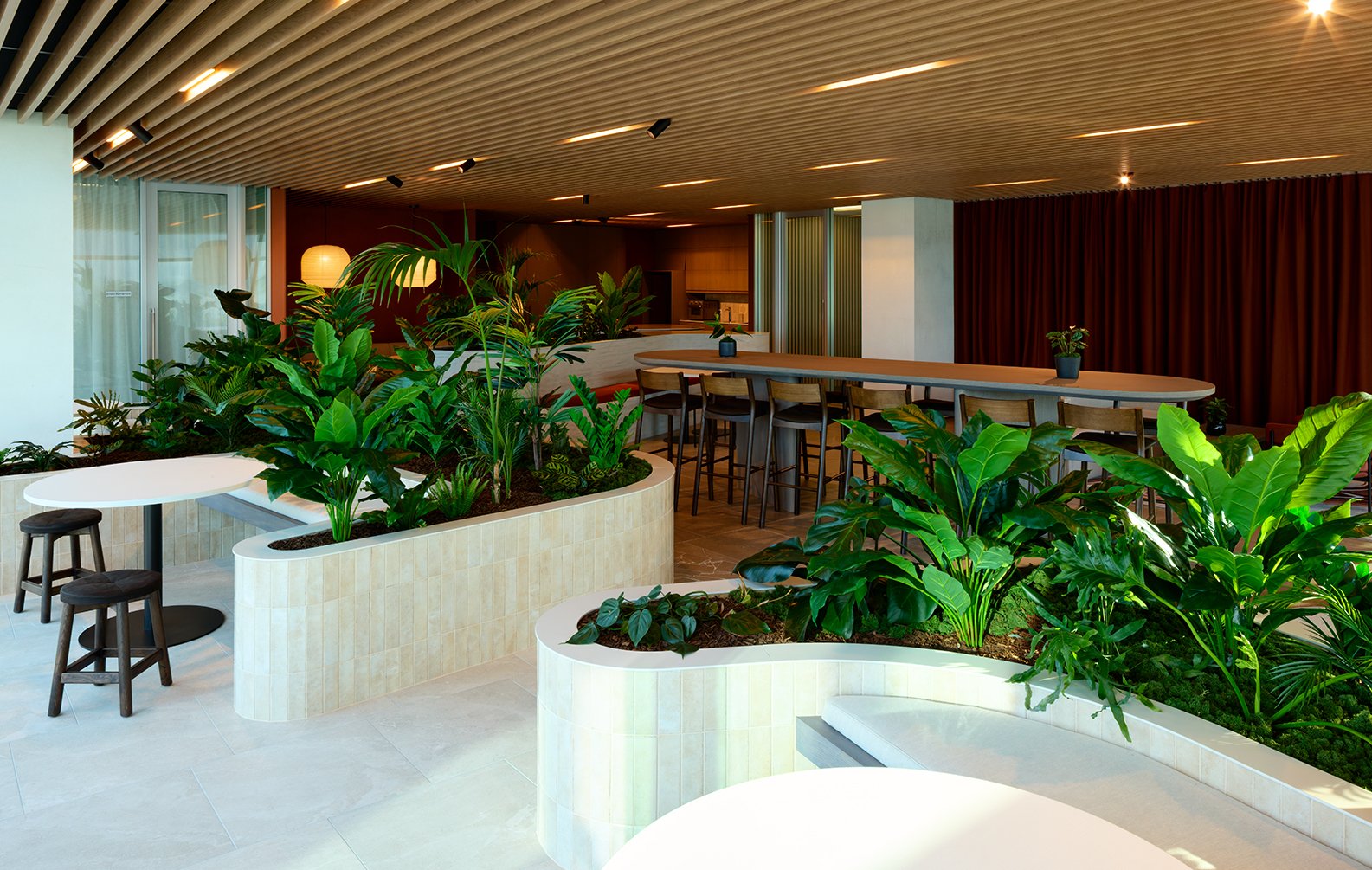
SecuritEase, NZ
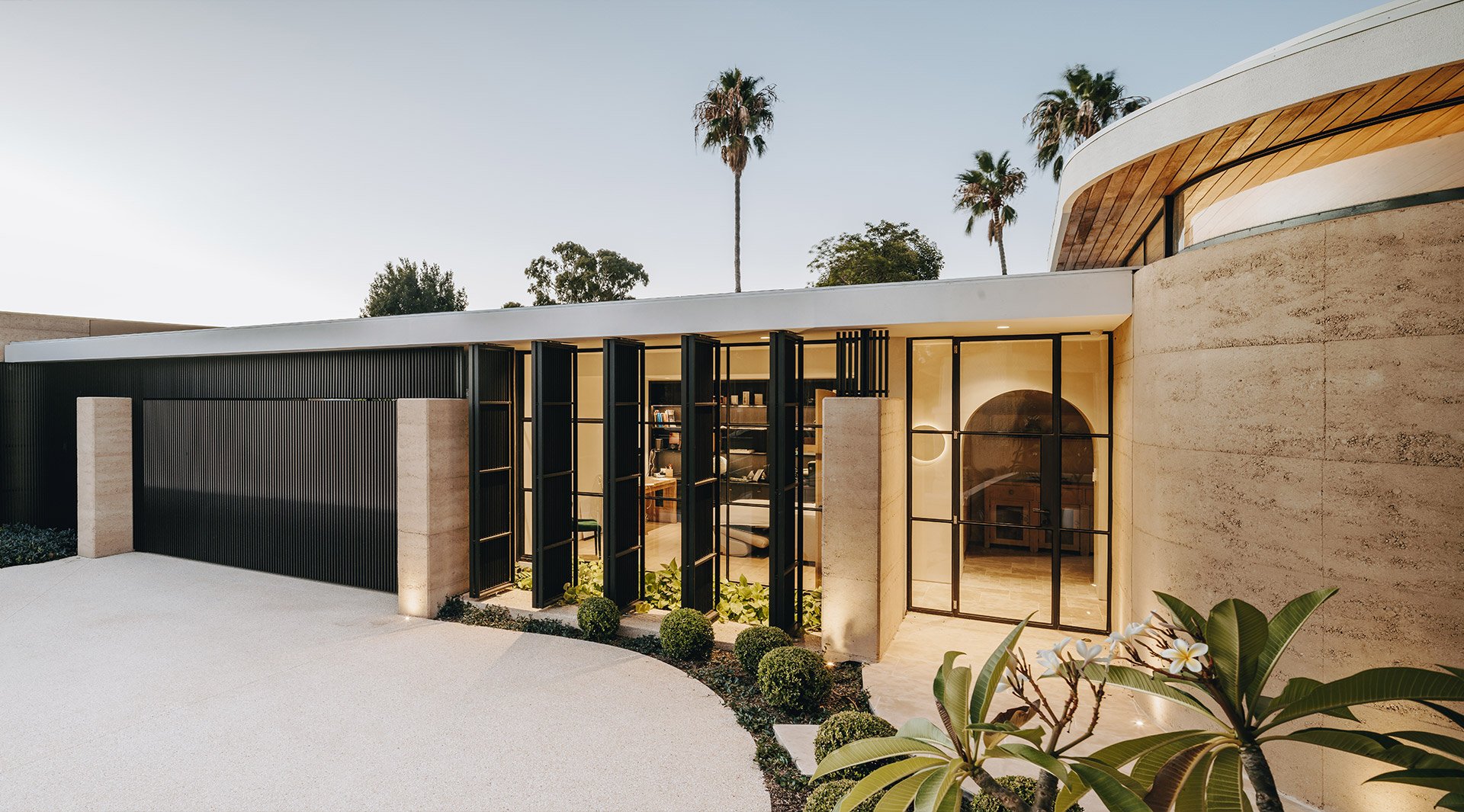
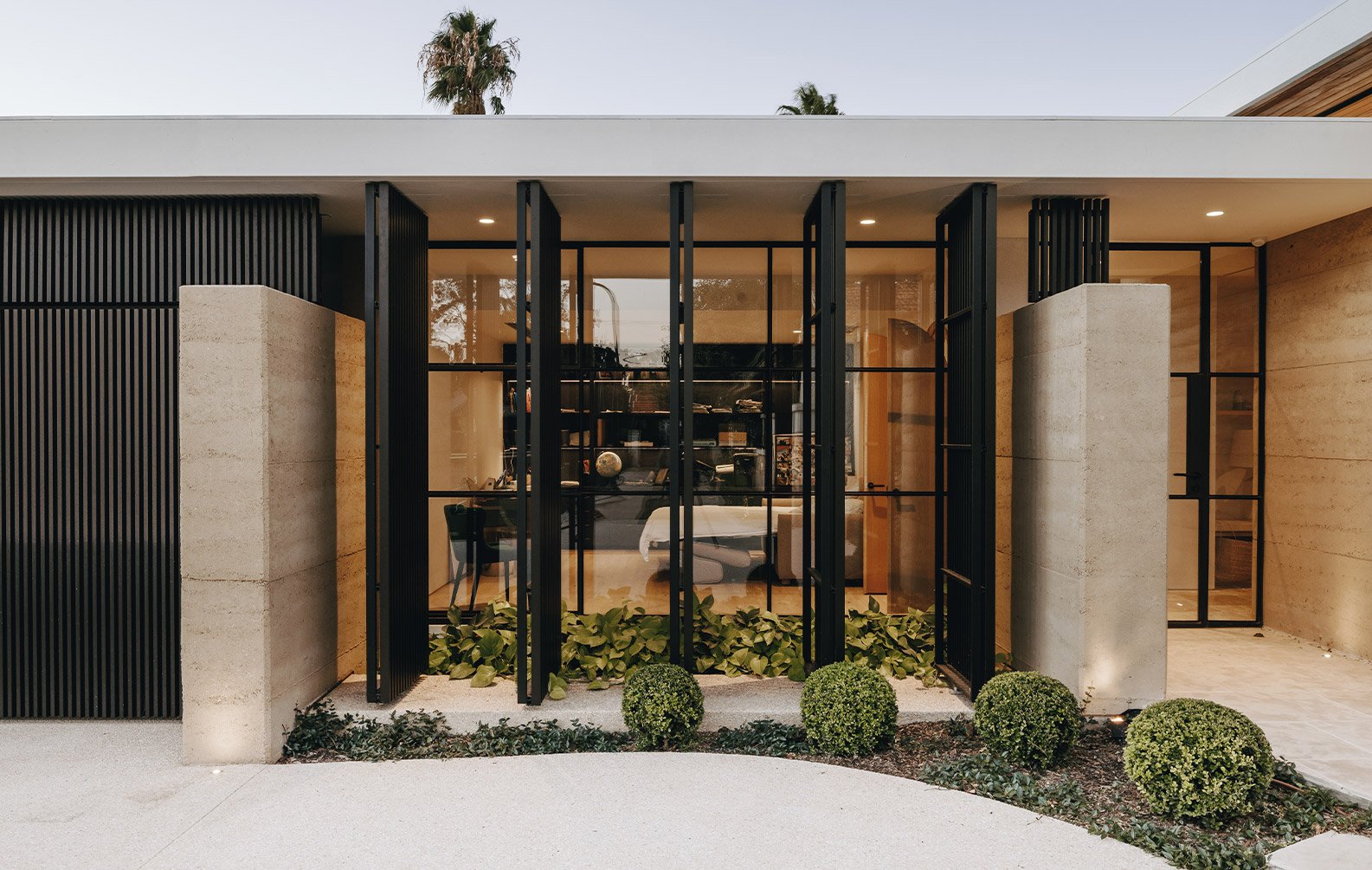
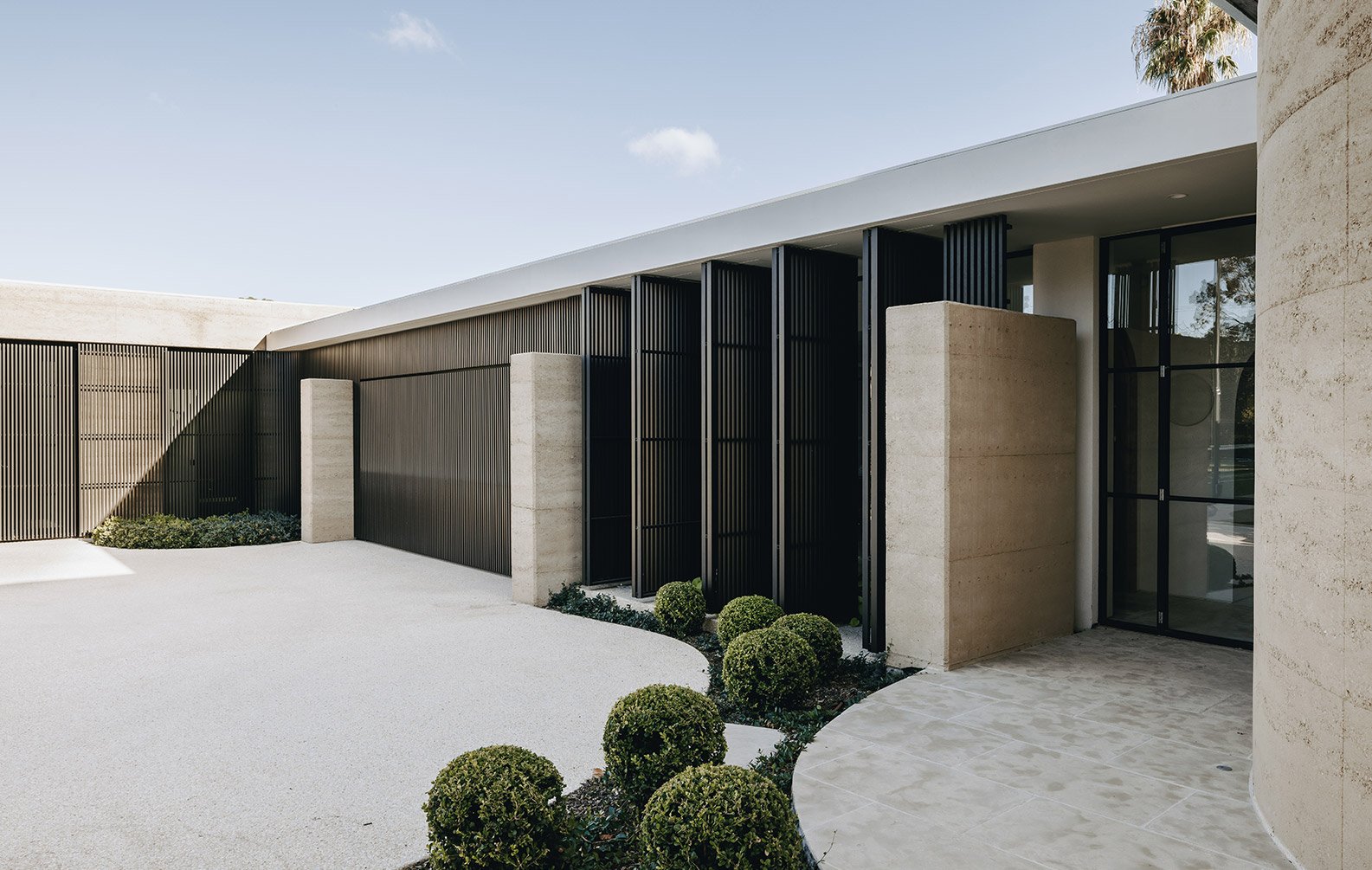
Heathpool Residence
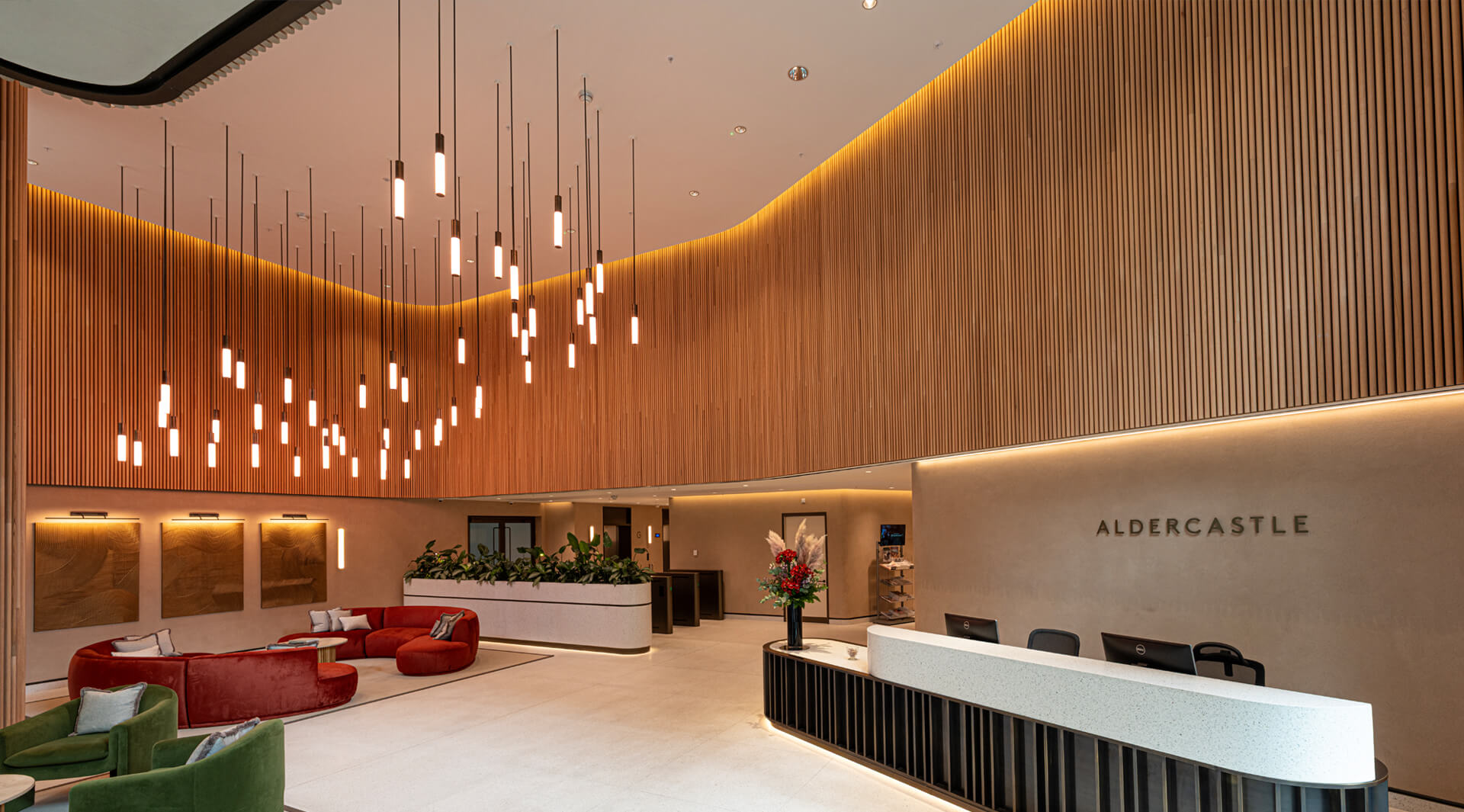
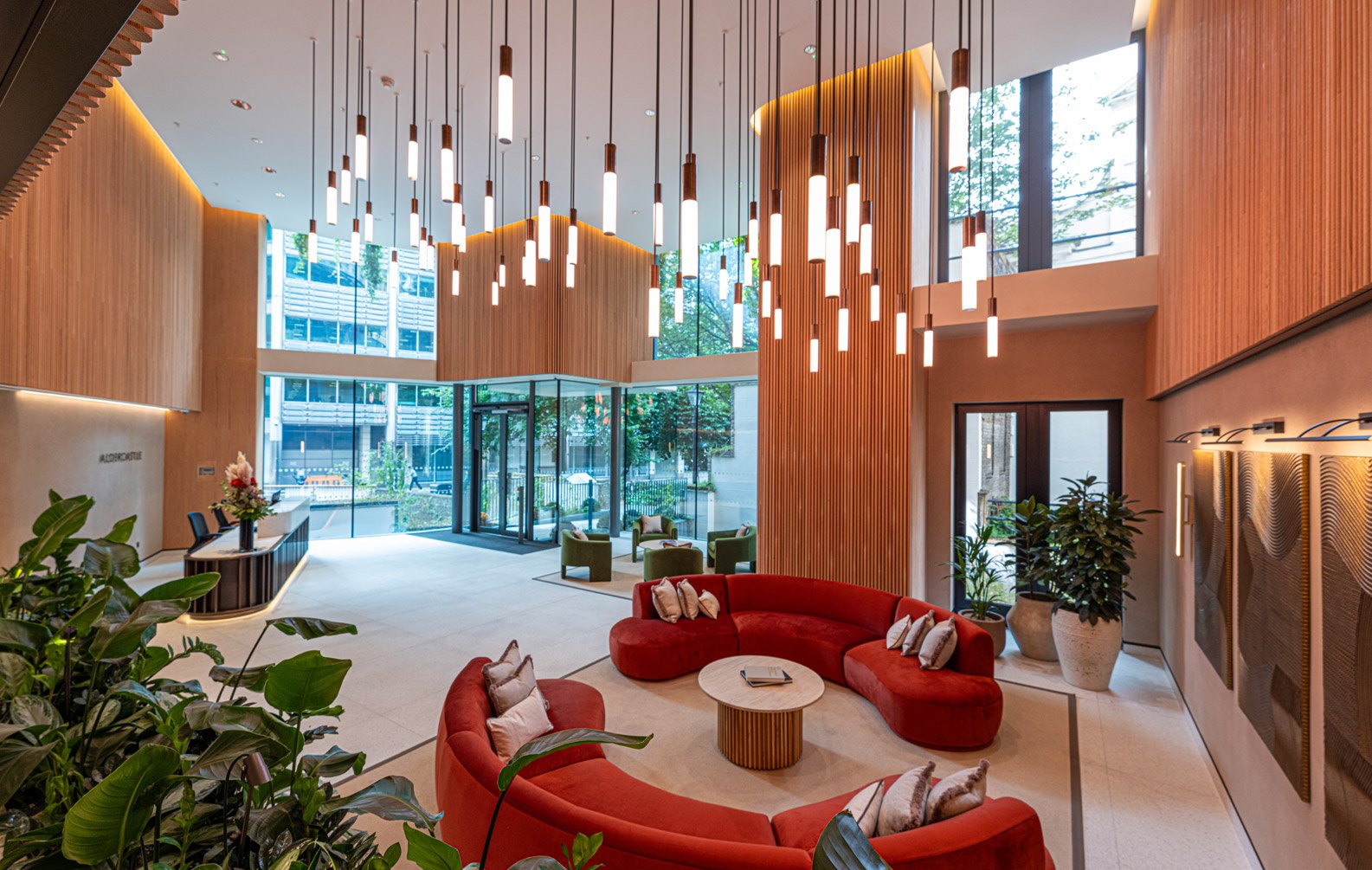
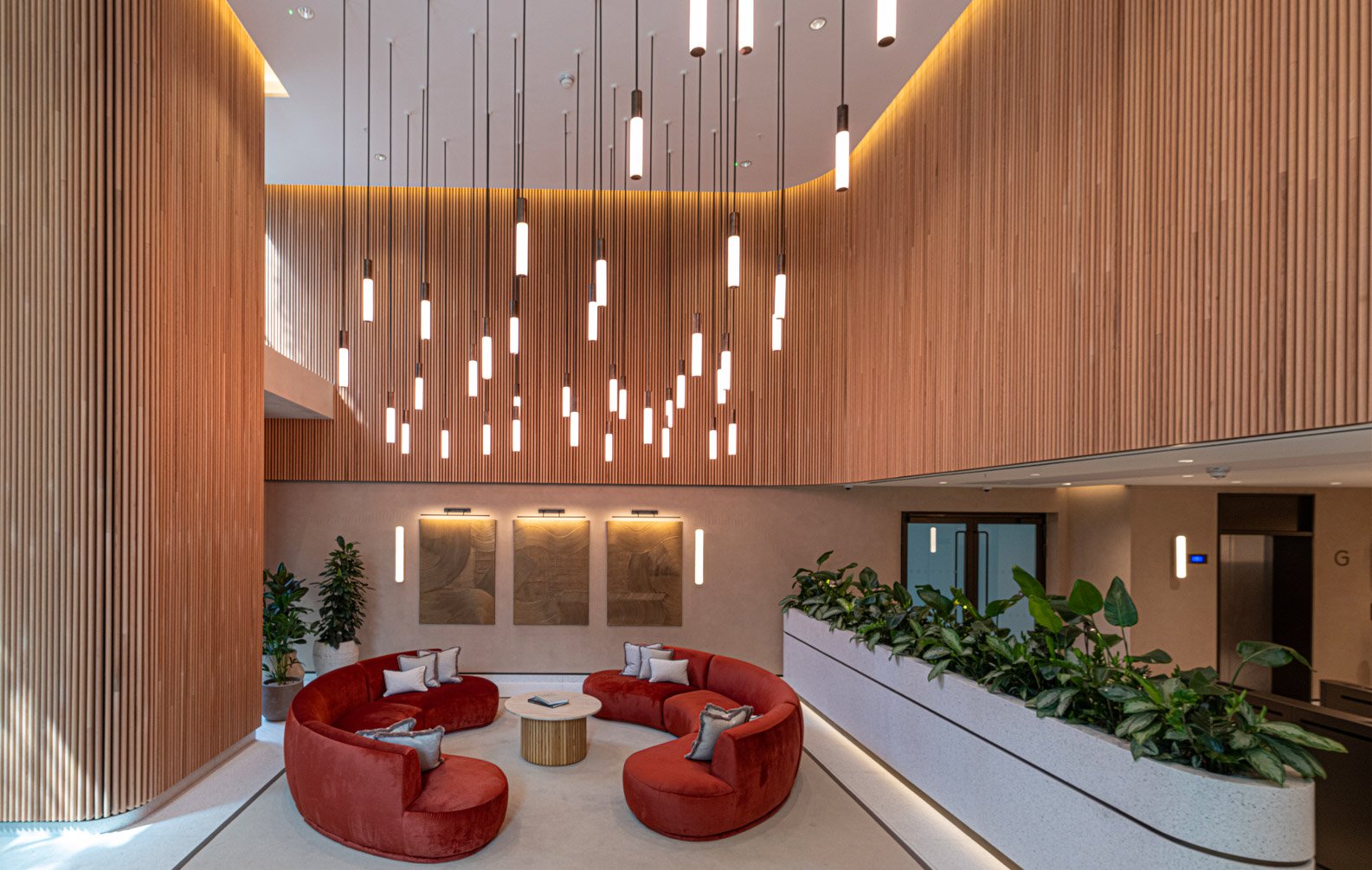
Aldercastle, UK
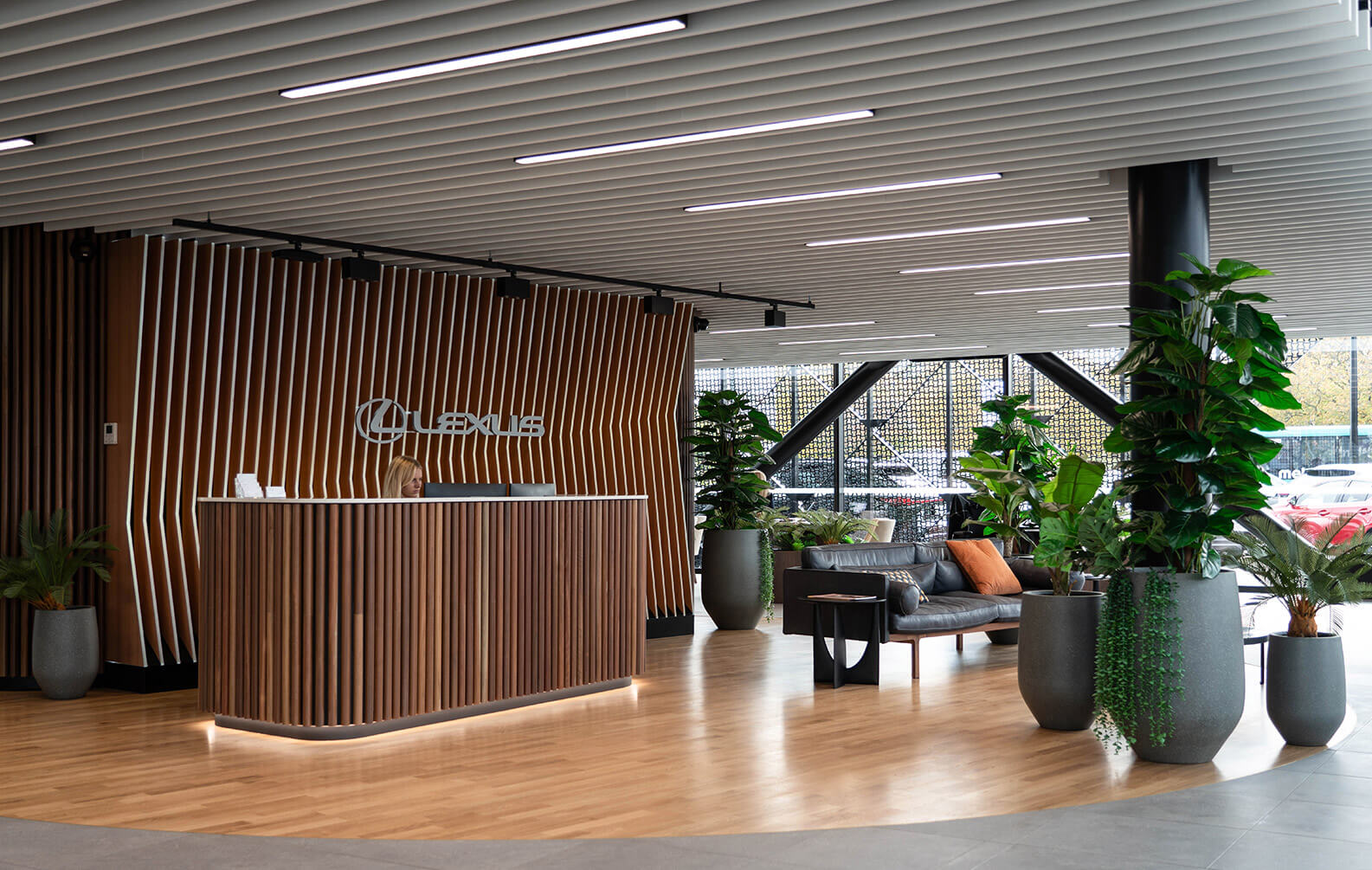
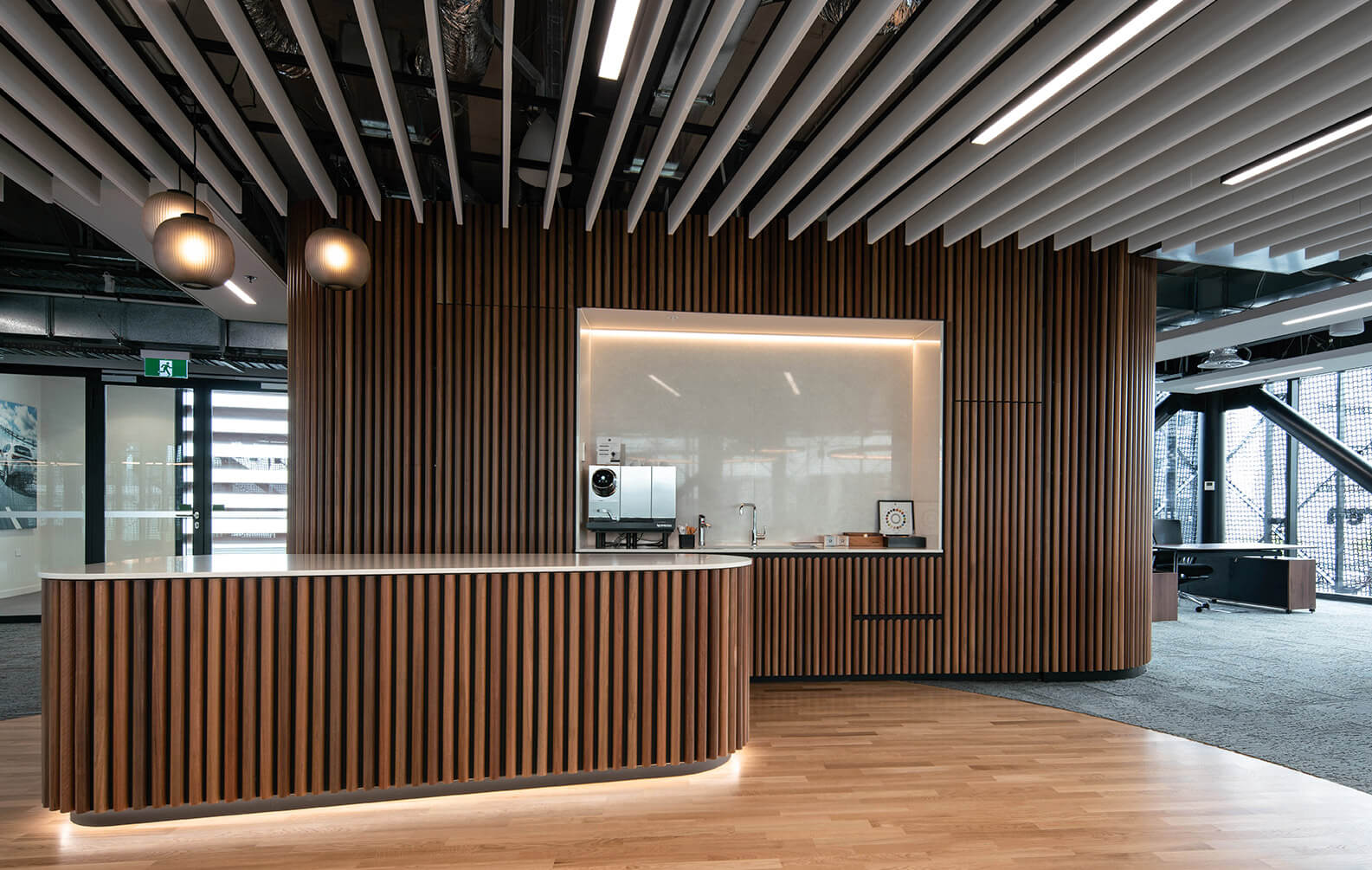

Lexus of Christchurch, NZ
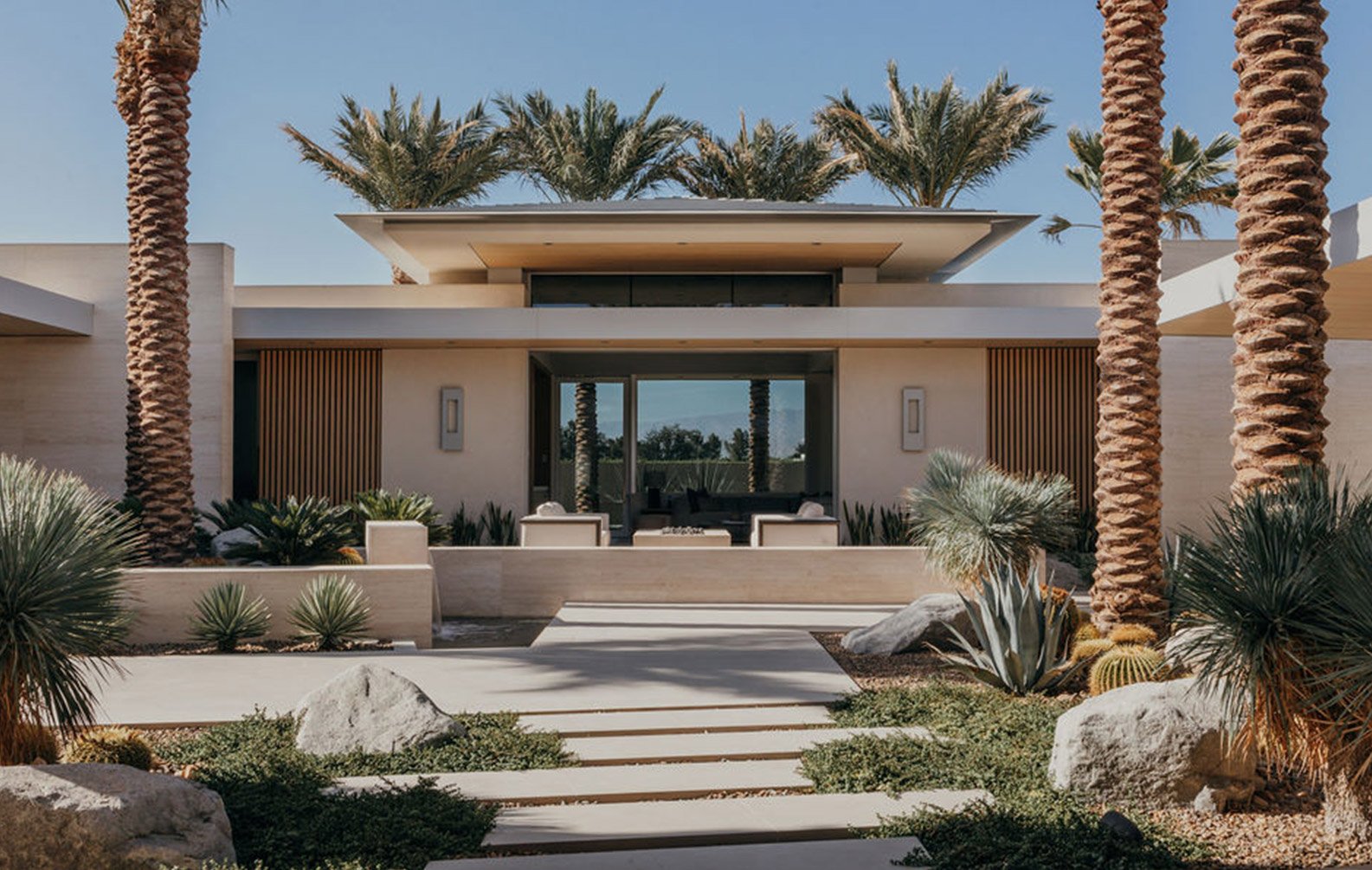

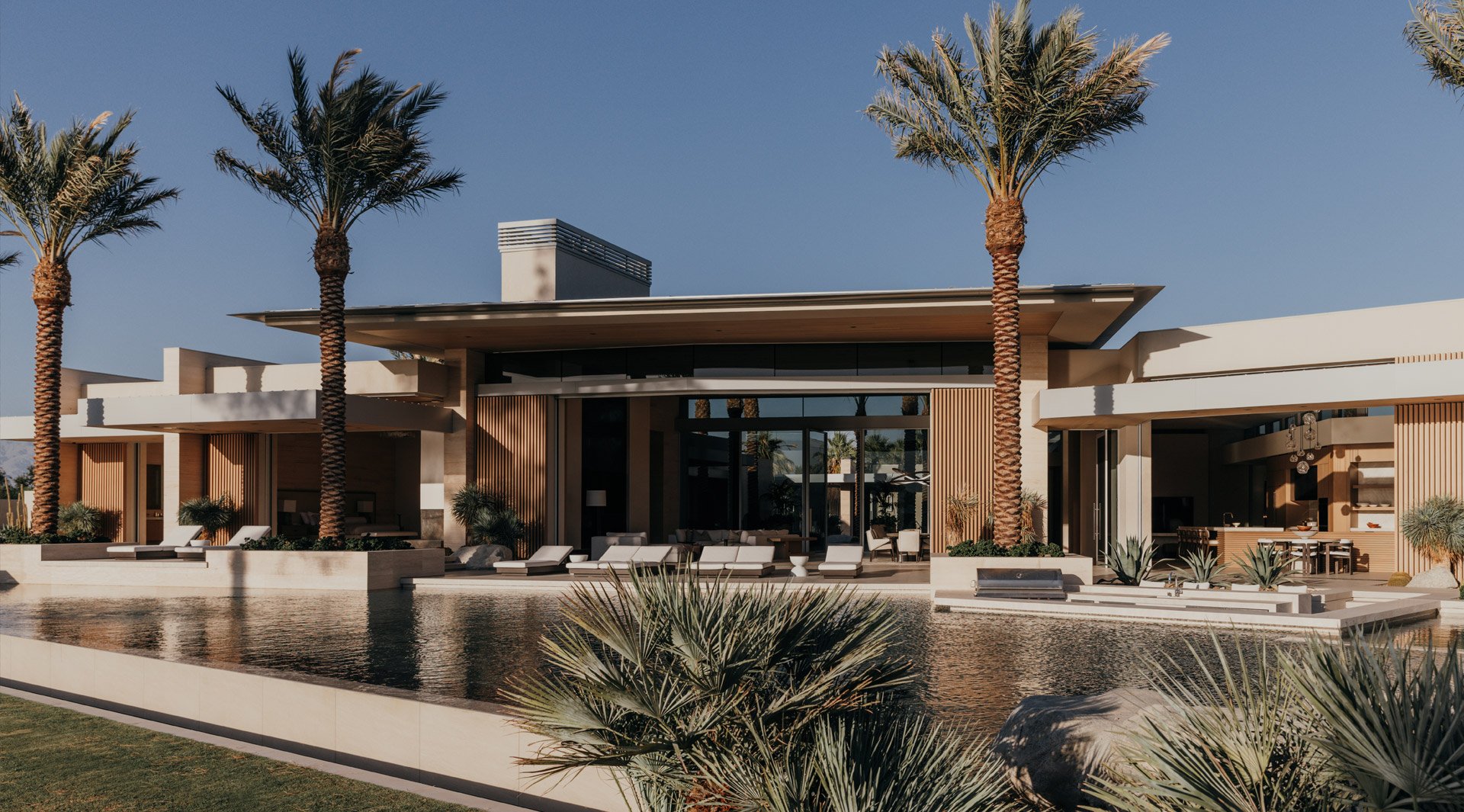
Desert Temple California, US
The aluminum Click-on Screens, particularly the wood textures, are unparalleled on the market. The ability to use natural timber and aluminum battens interchangeably, with a near-perfect match in wood species and grain, provides a level of design flexibility and aesthetic cohesion that we have not found elsewhere.
Andrew McClure
|
Nomad Design


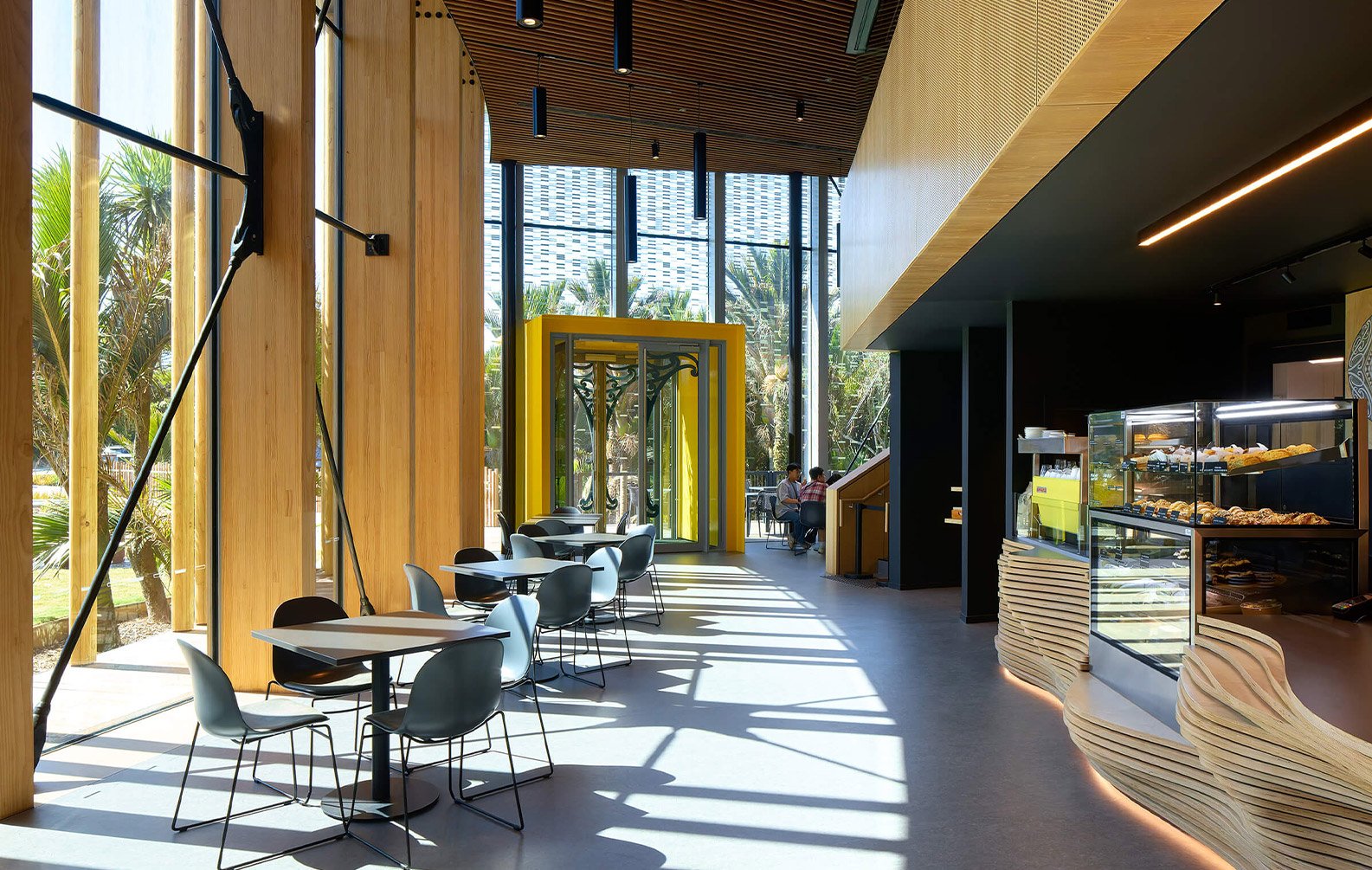
Paparoa Visitor Centre, NZ
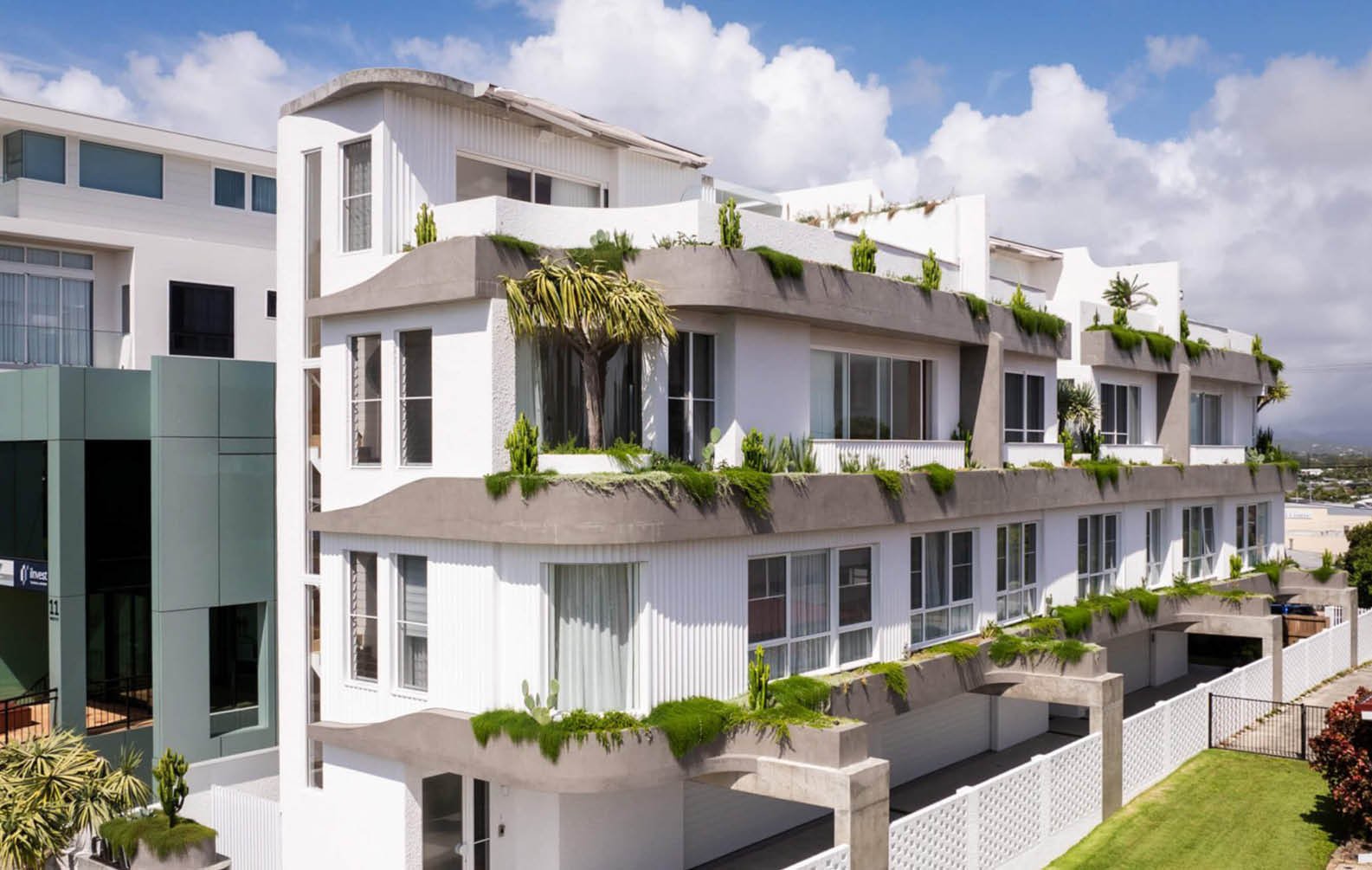
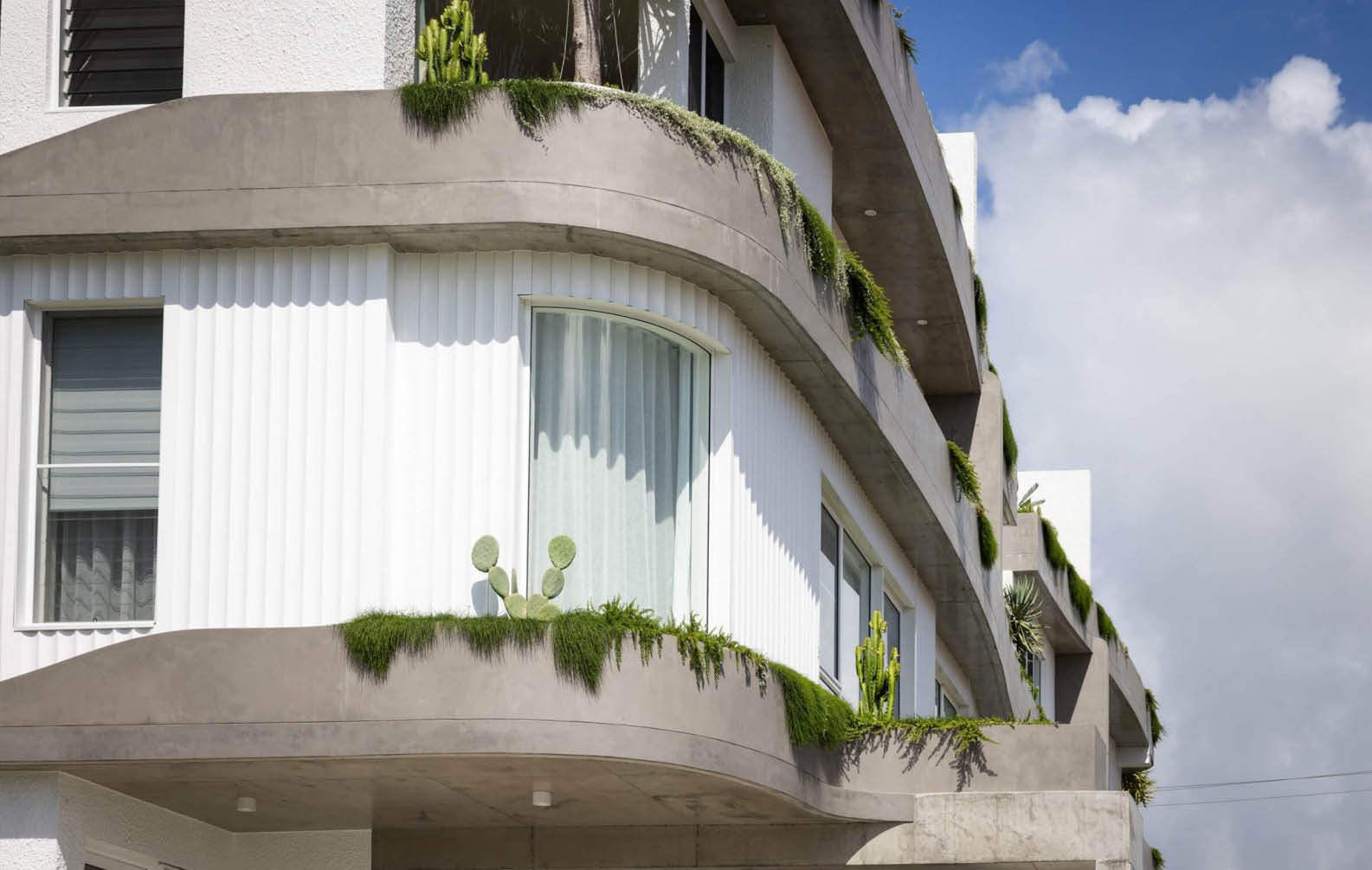
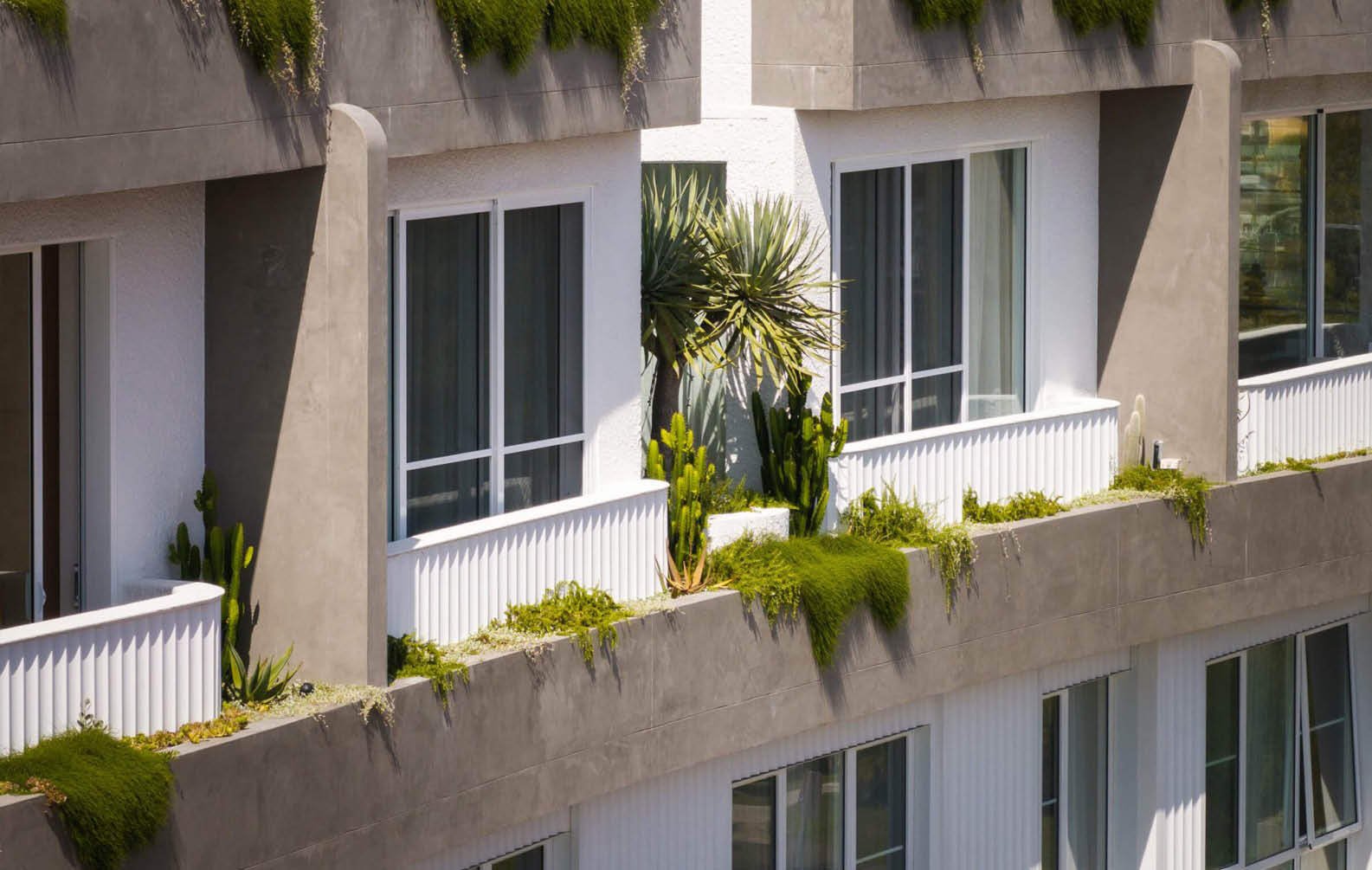
A Coastal Statement in Feature Aluminium Cladding

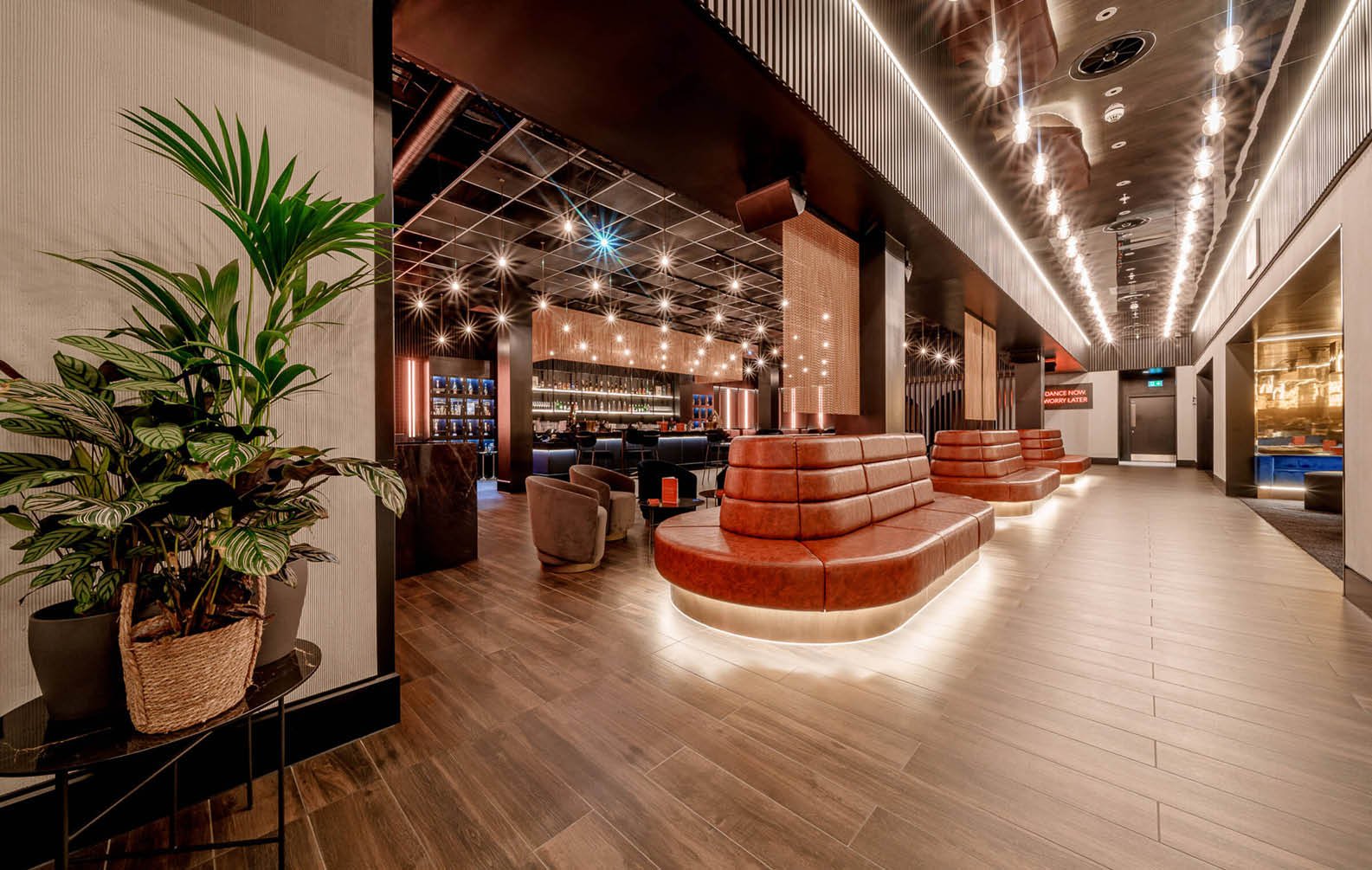
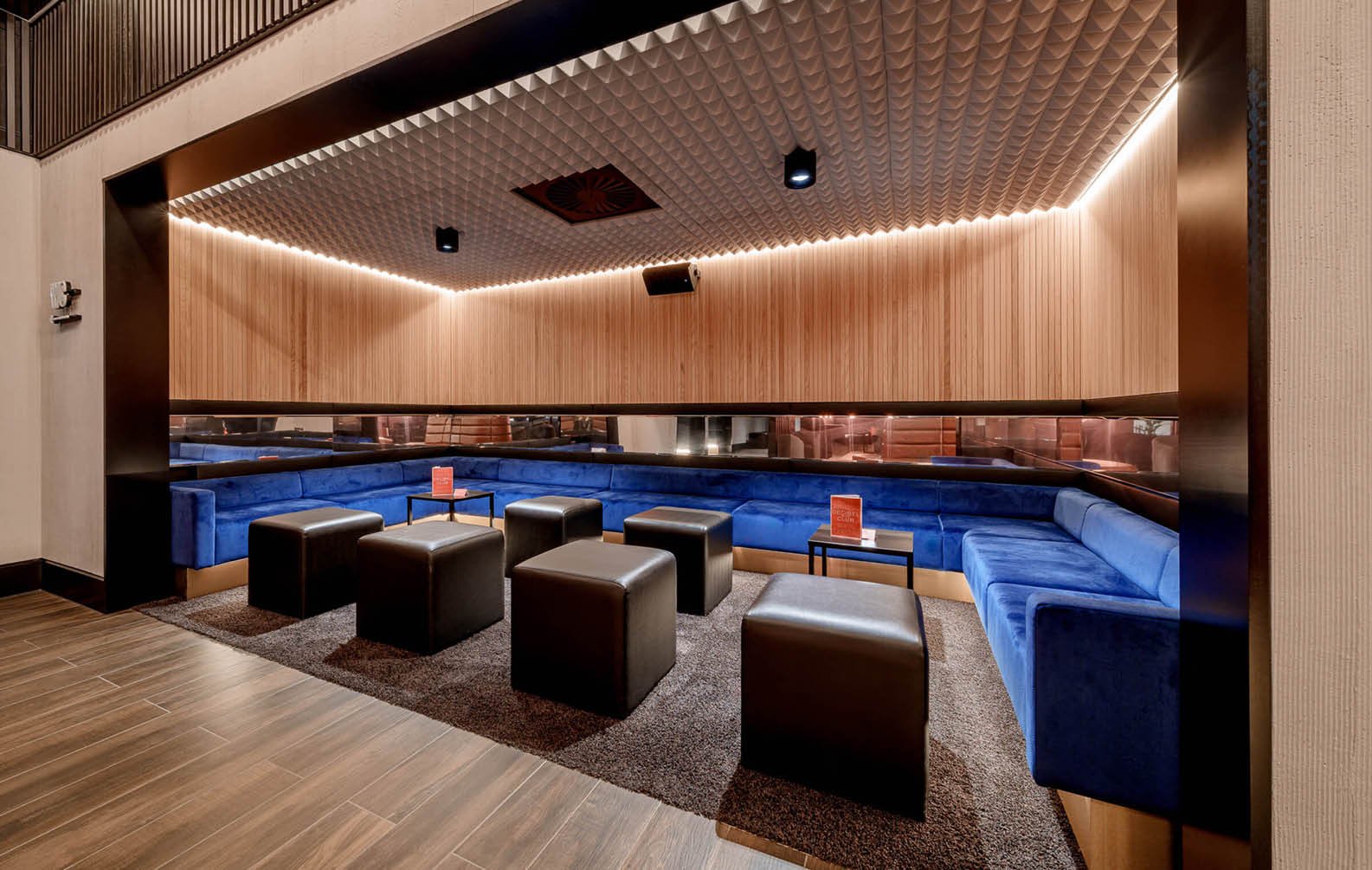
Co-op Live, UK
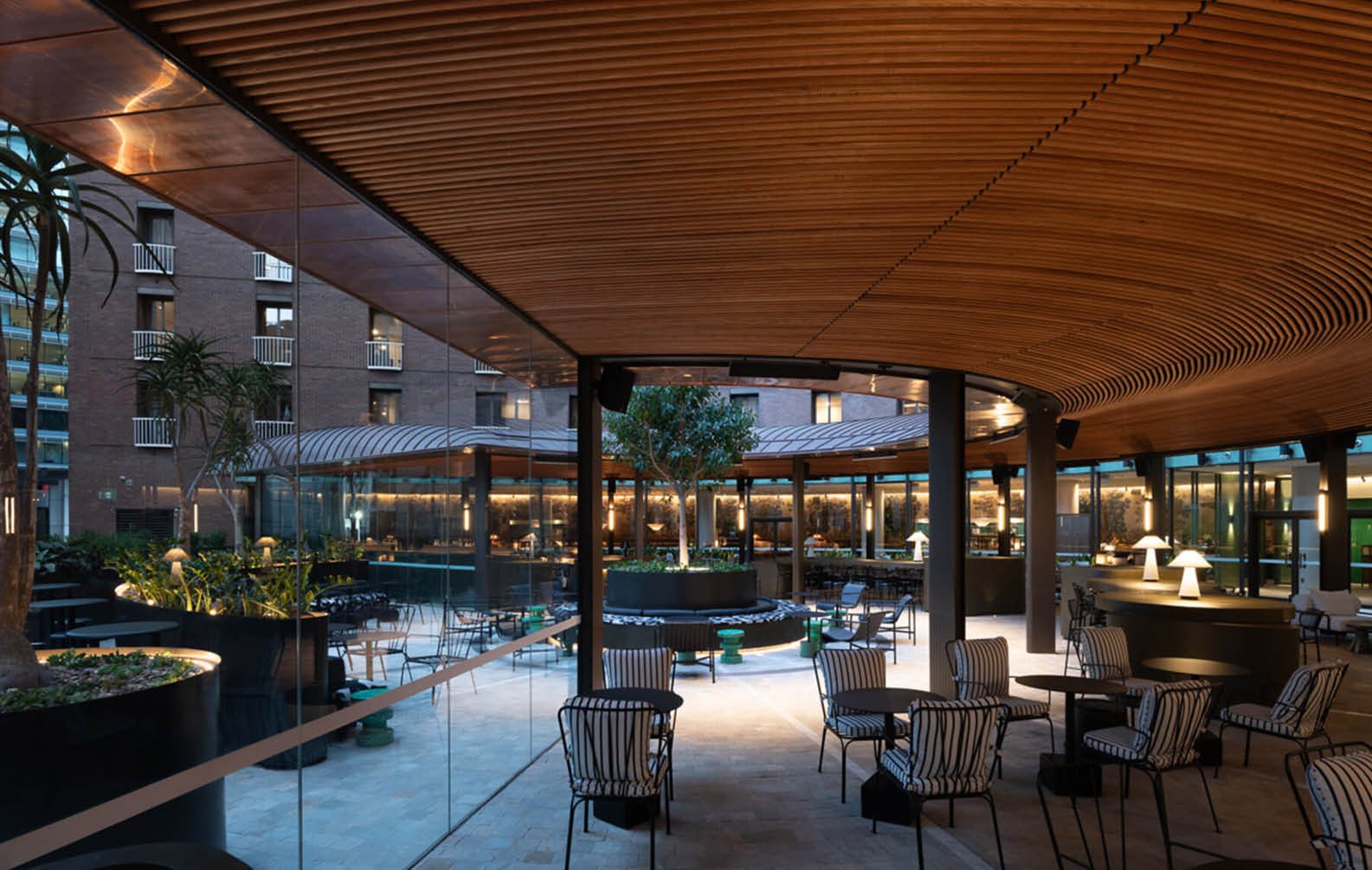
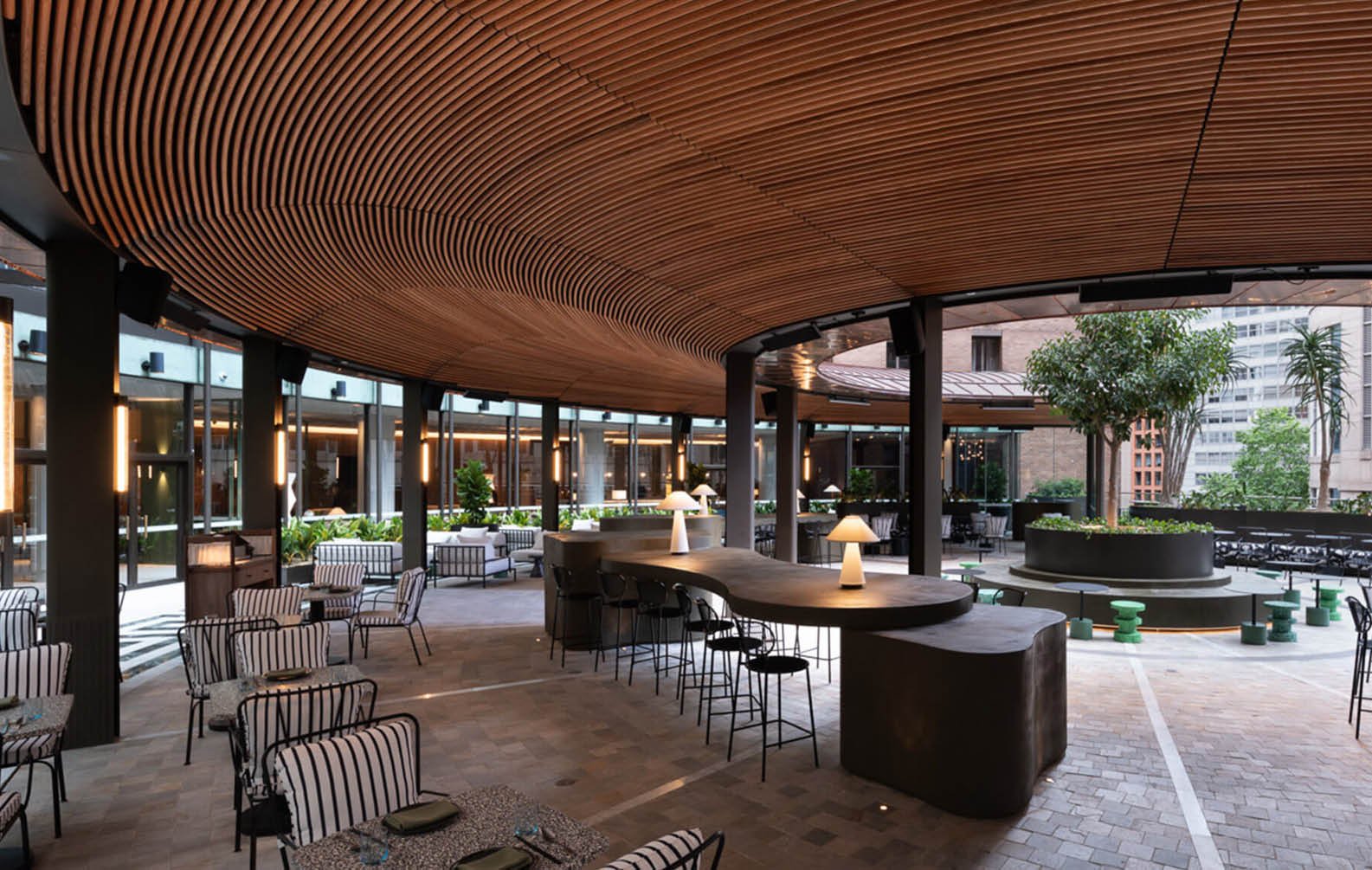
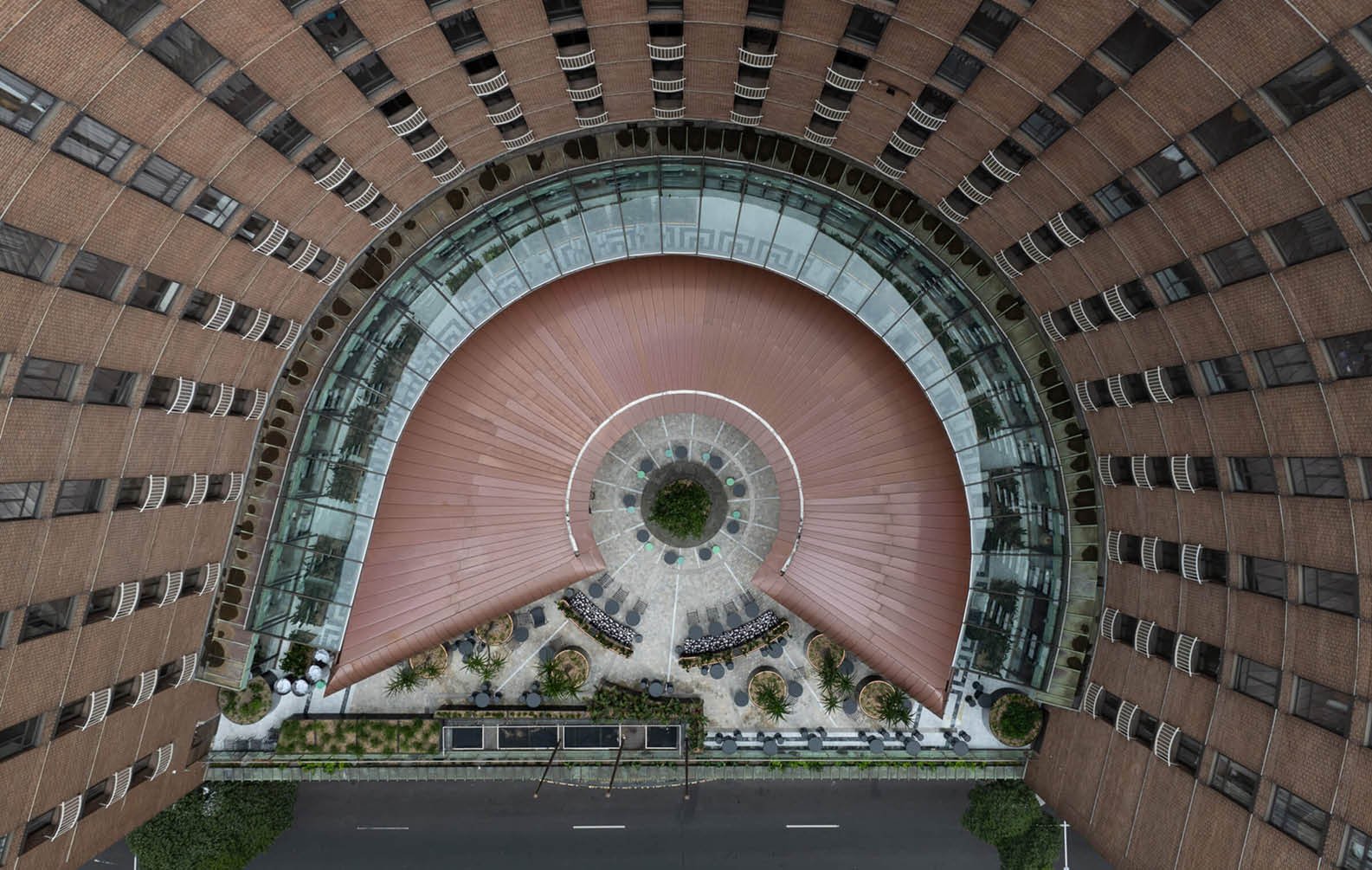
Parametric Curved Timber Rooftop Canopy
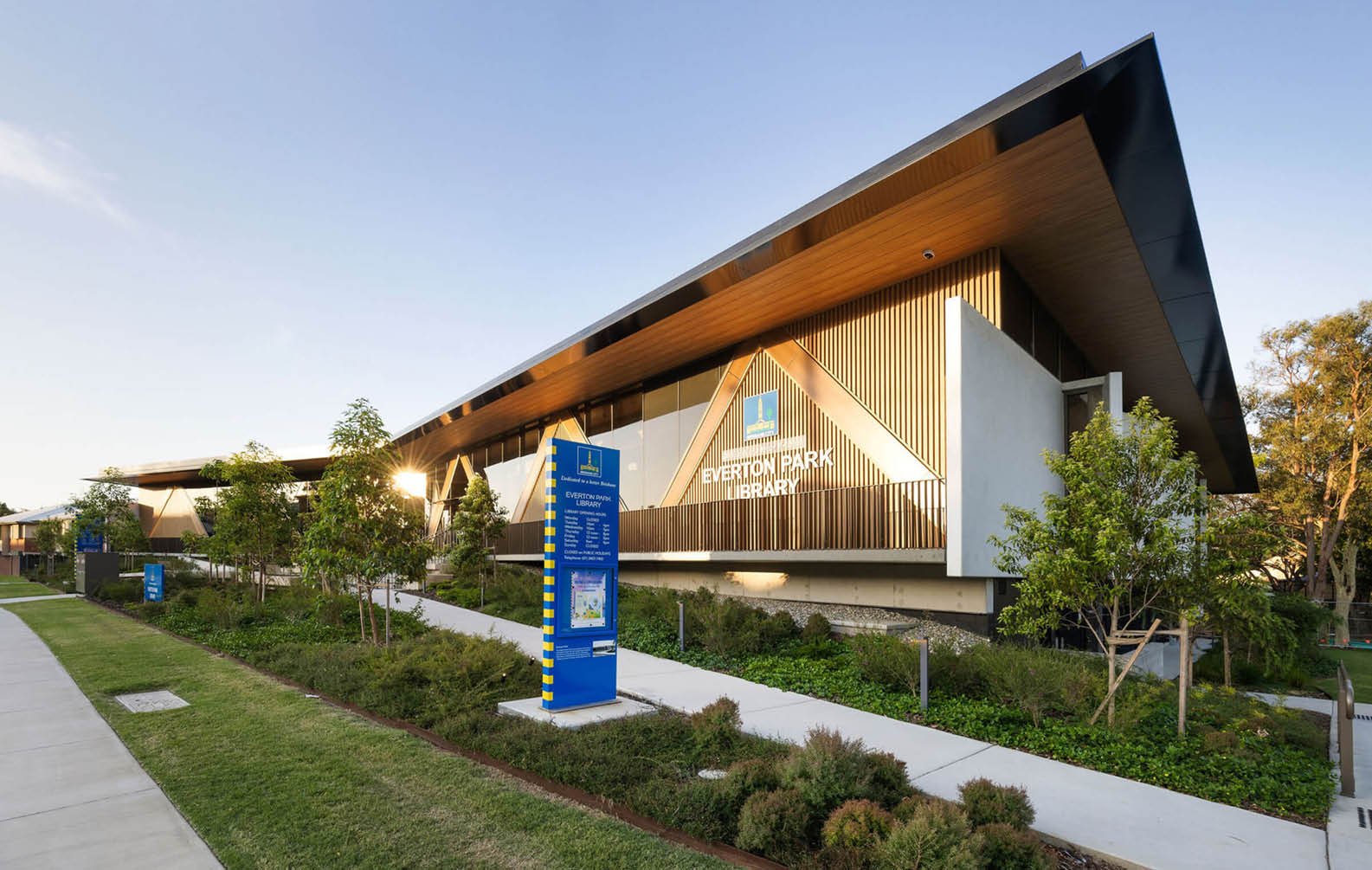
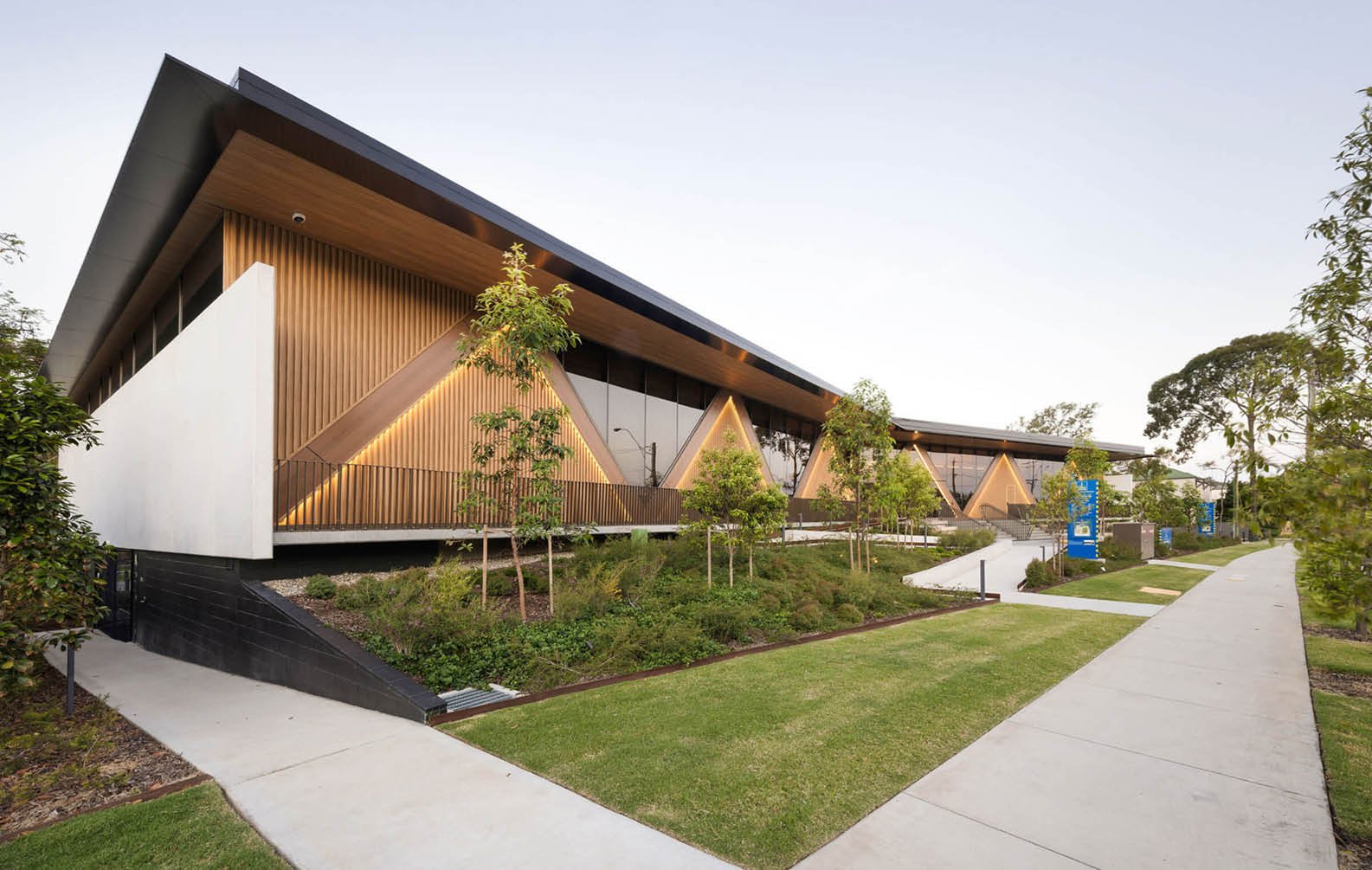
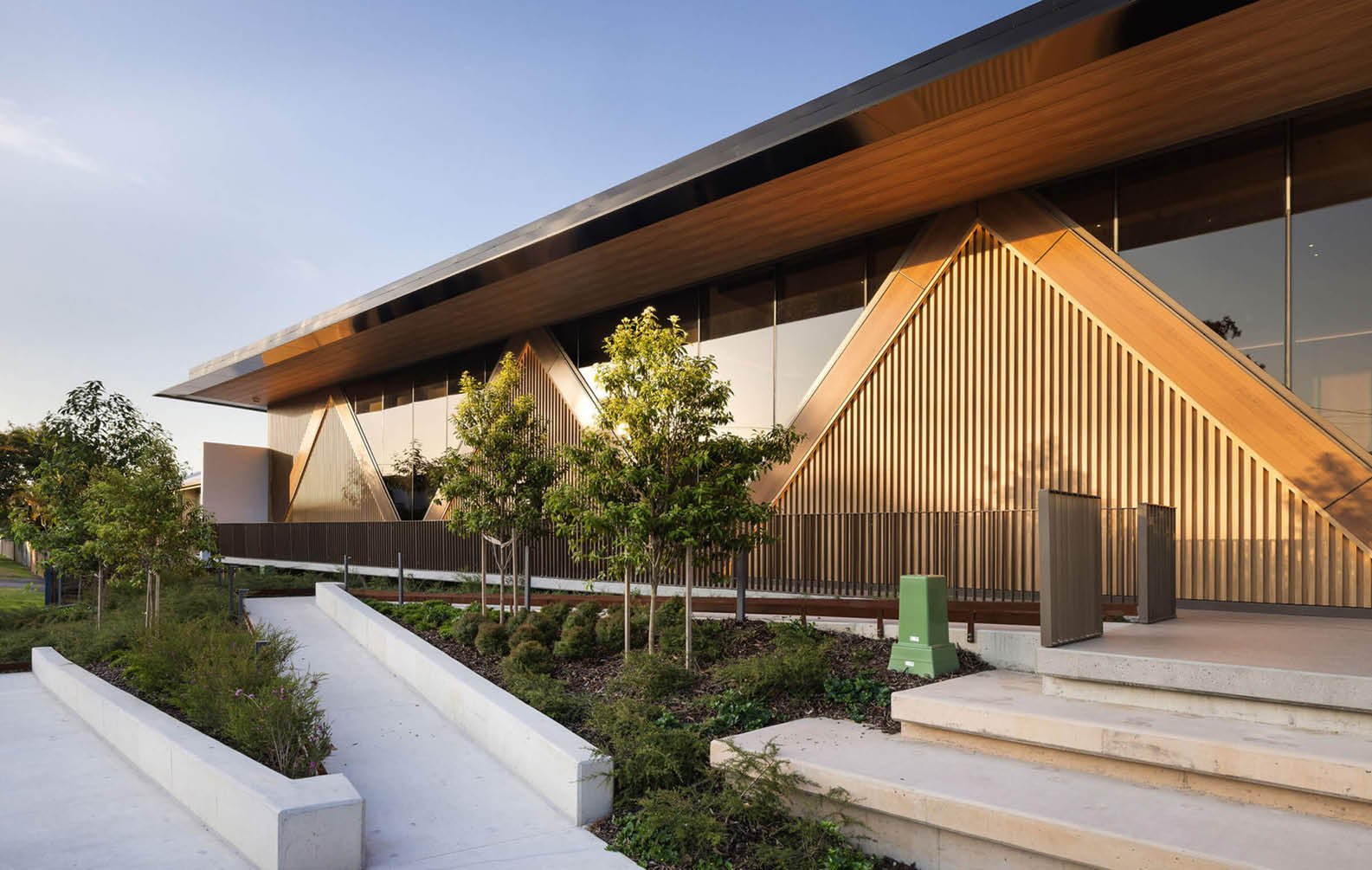
Everton Park Library

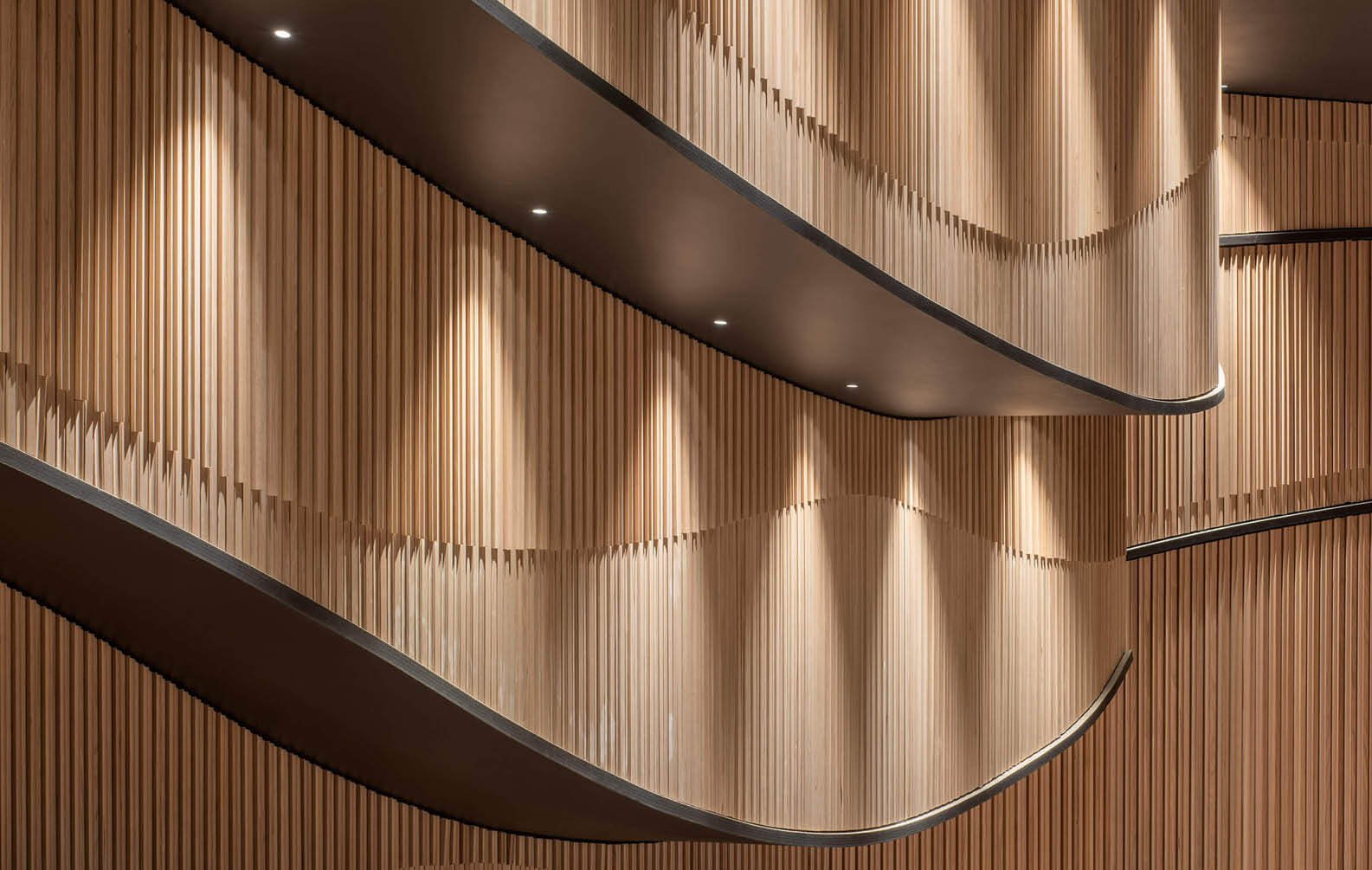
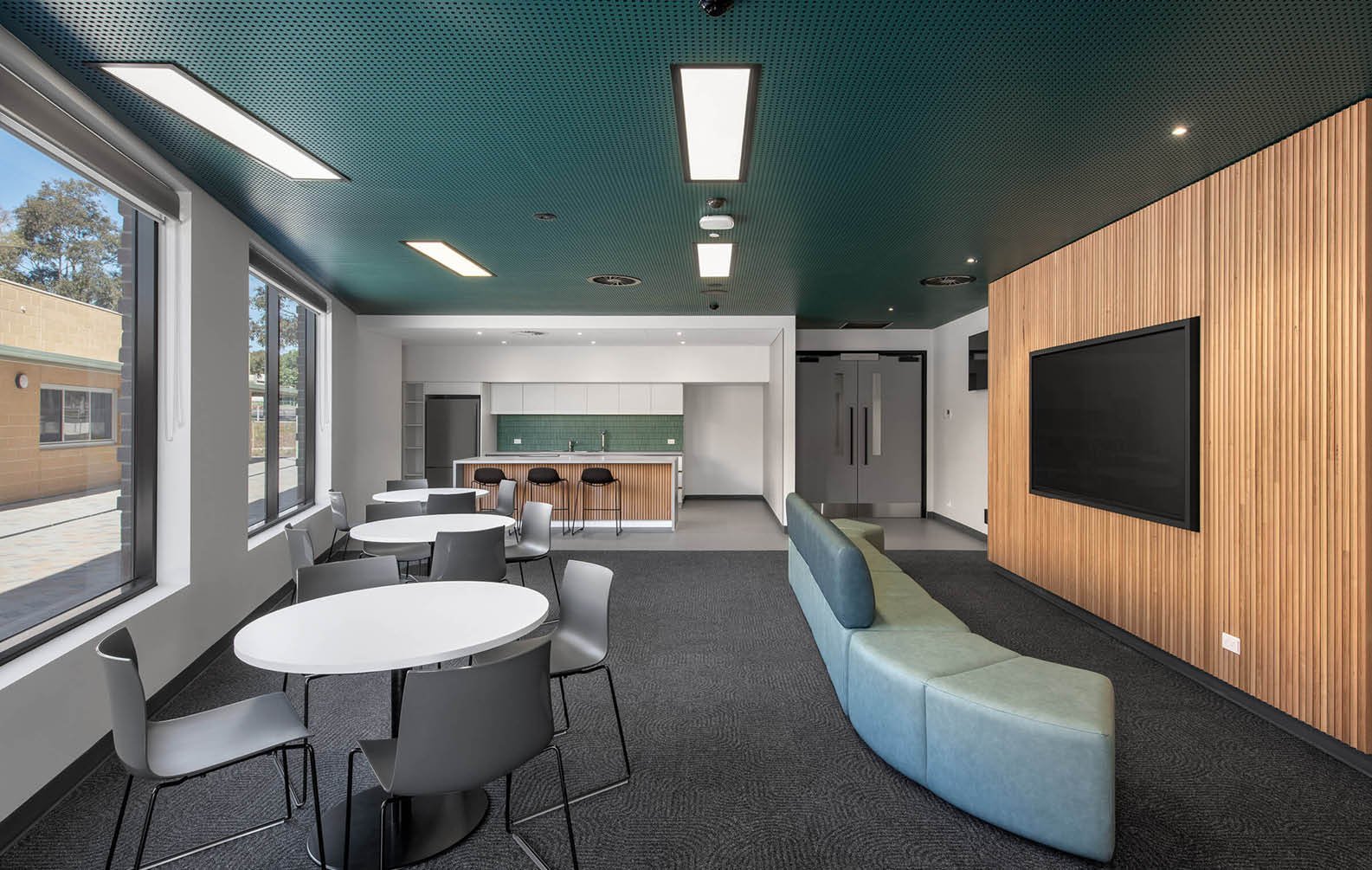
Marnkutyi Parirna Theatre
In our opinion, Sculptform’s products are the best on the market. We’ve worked with many other systems, but Sculptform stands out for its quality, reliability, and ease of installation. Their click-on system is phenomenal - there’s nothing else out there like it. We never have issues, and we never get callbacks.
Jesse Graham
|
Capstone Construction
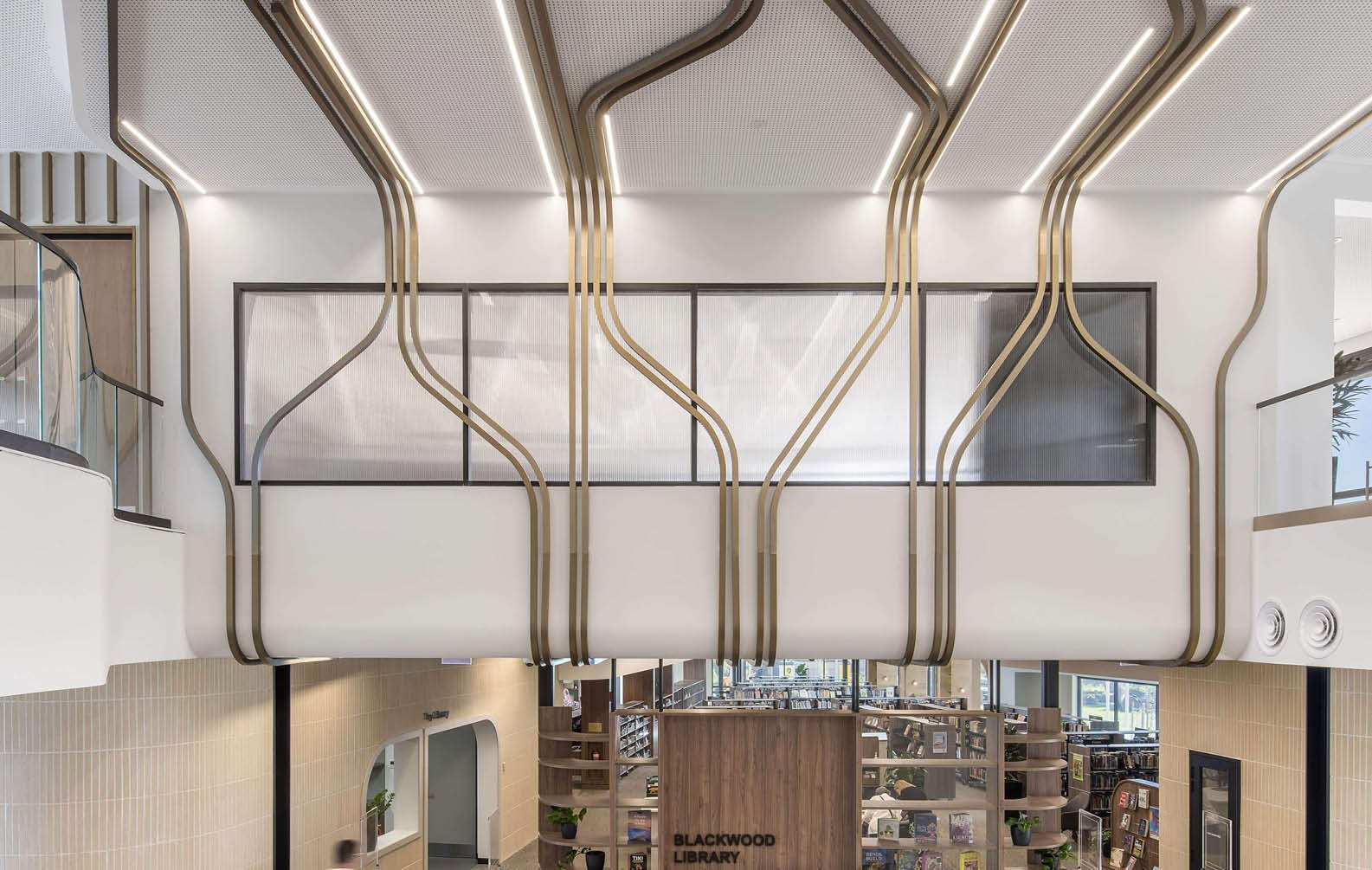

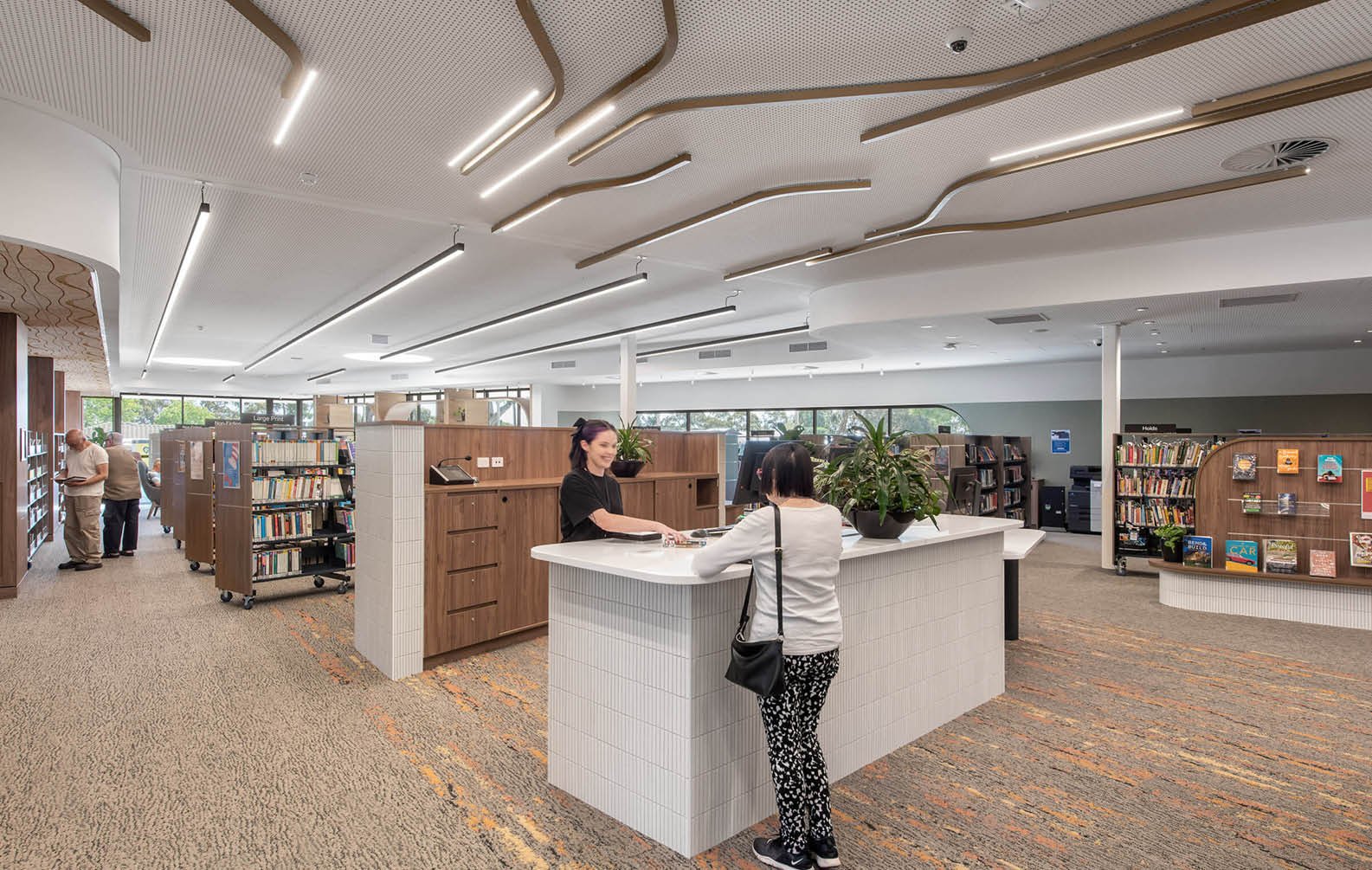
Tiwu Kumangka
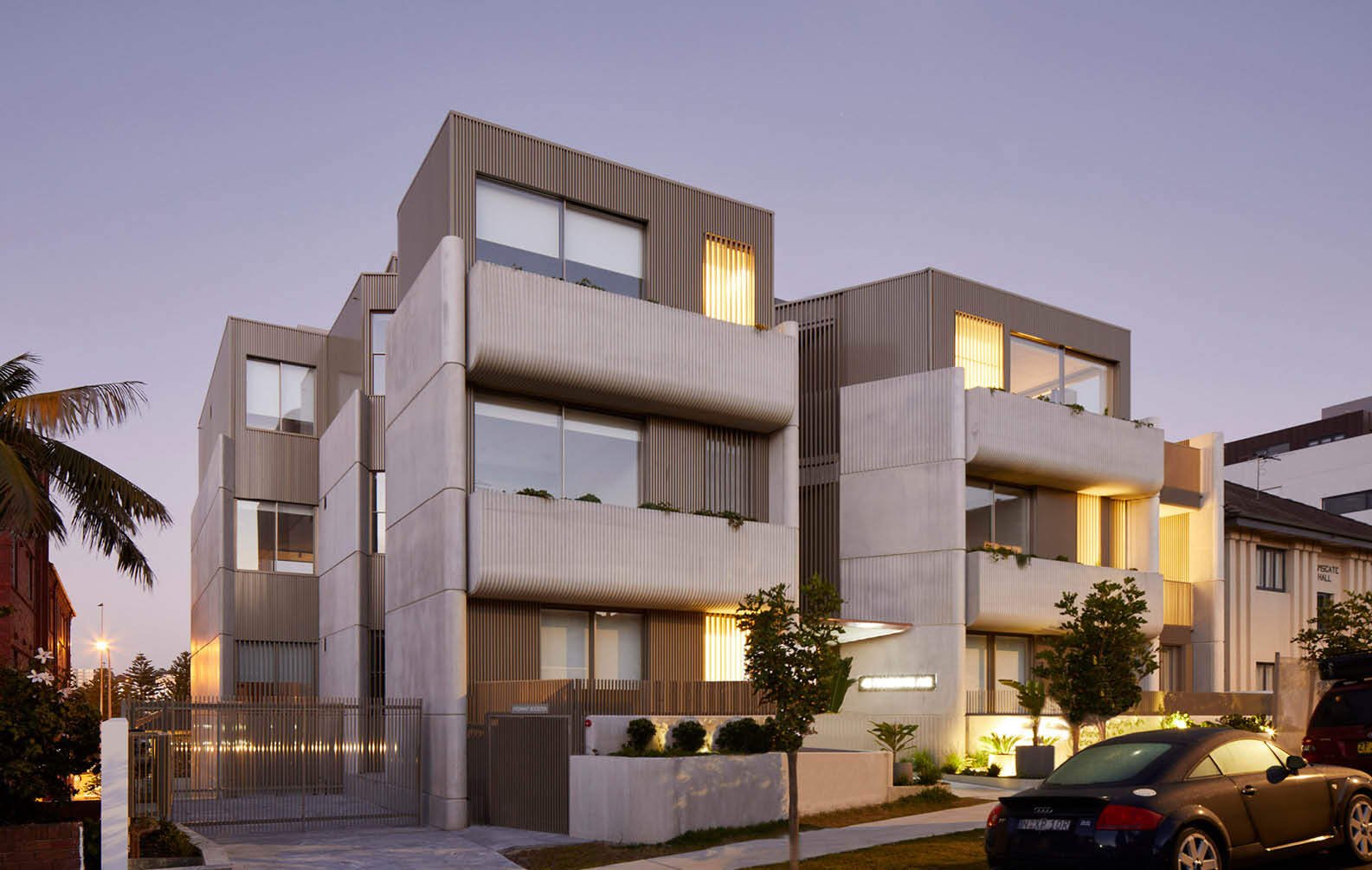

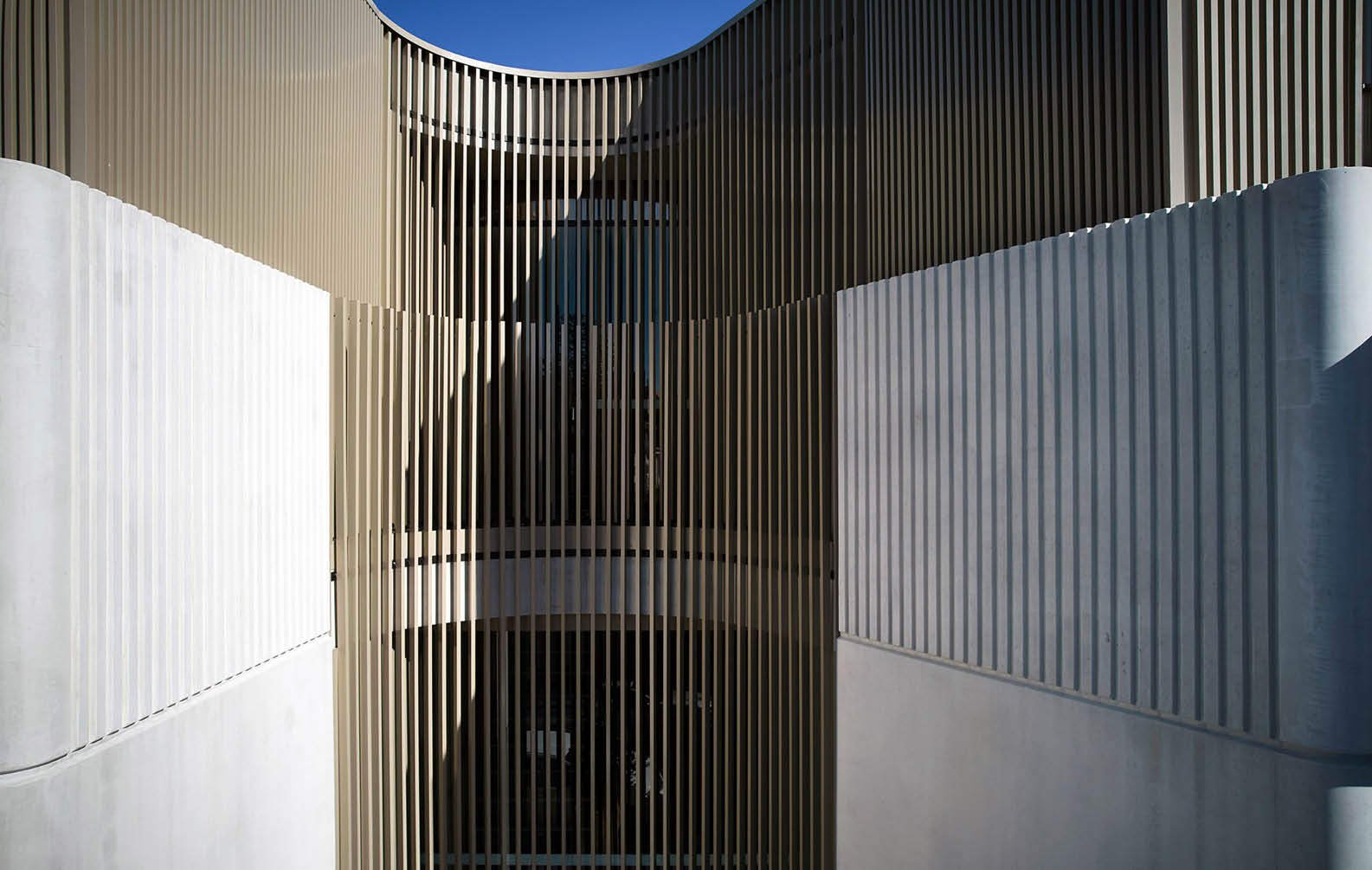
Ramsgate

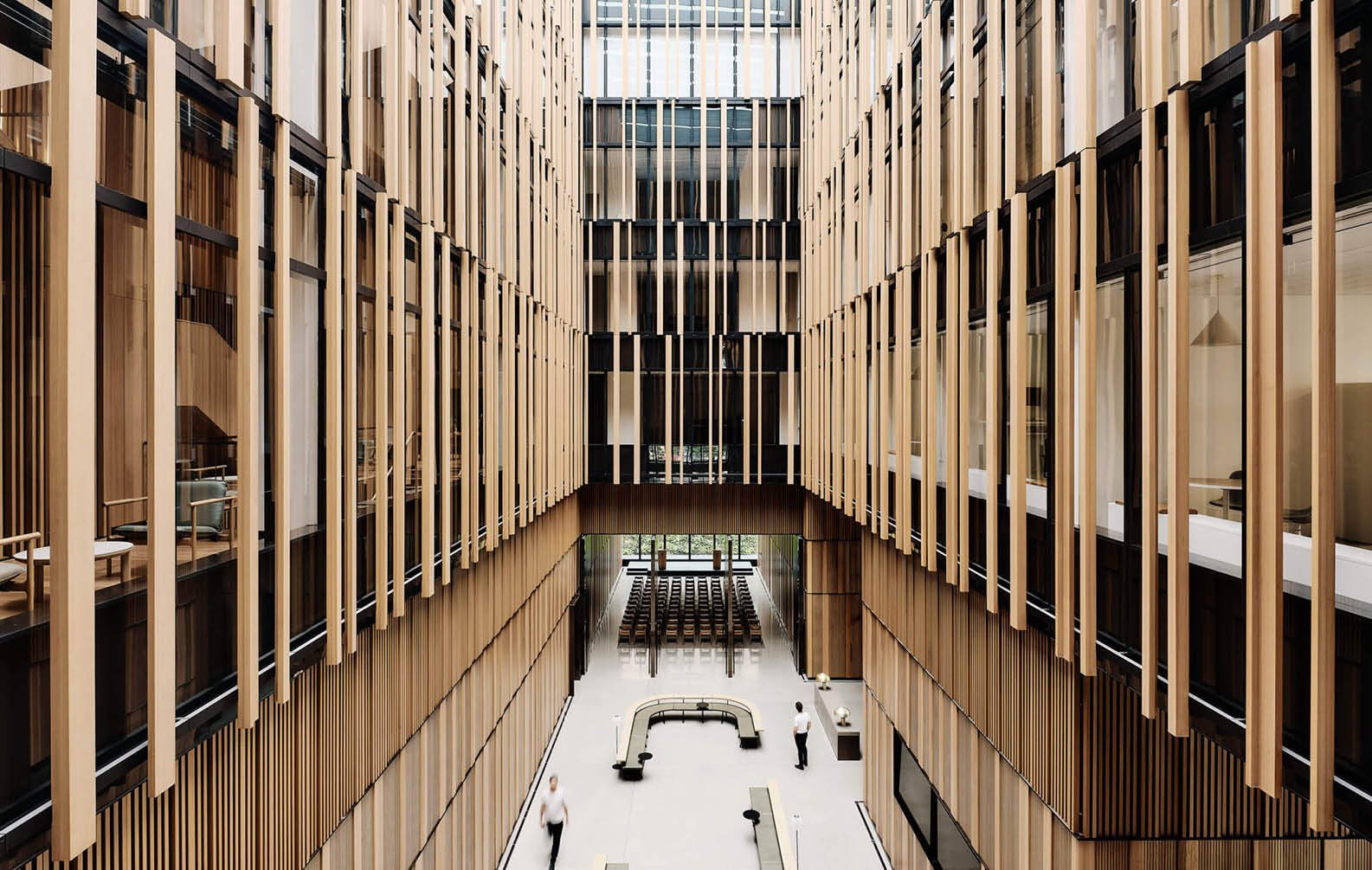
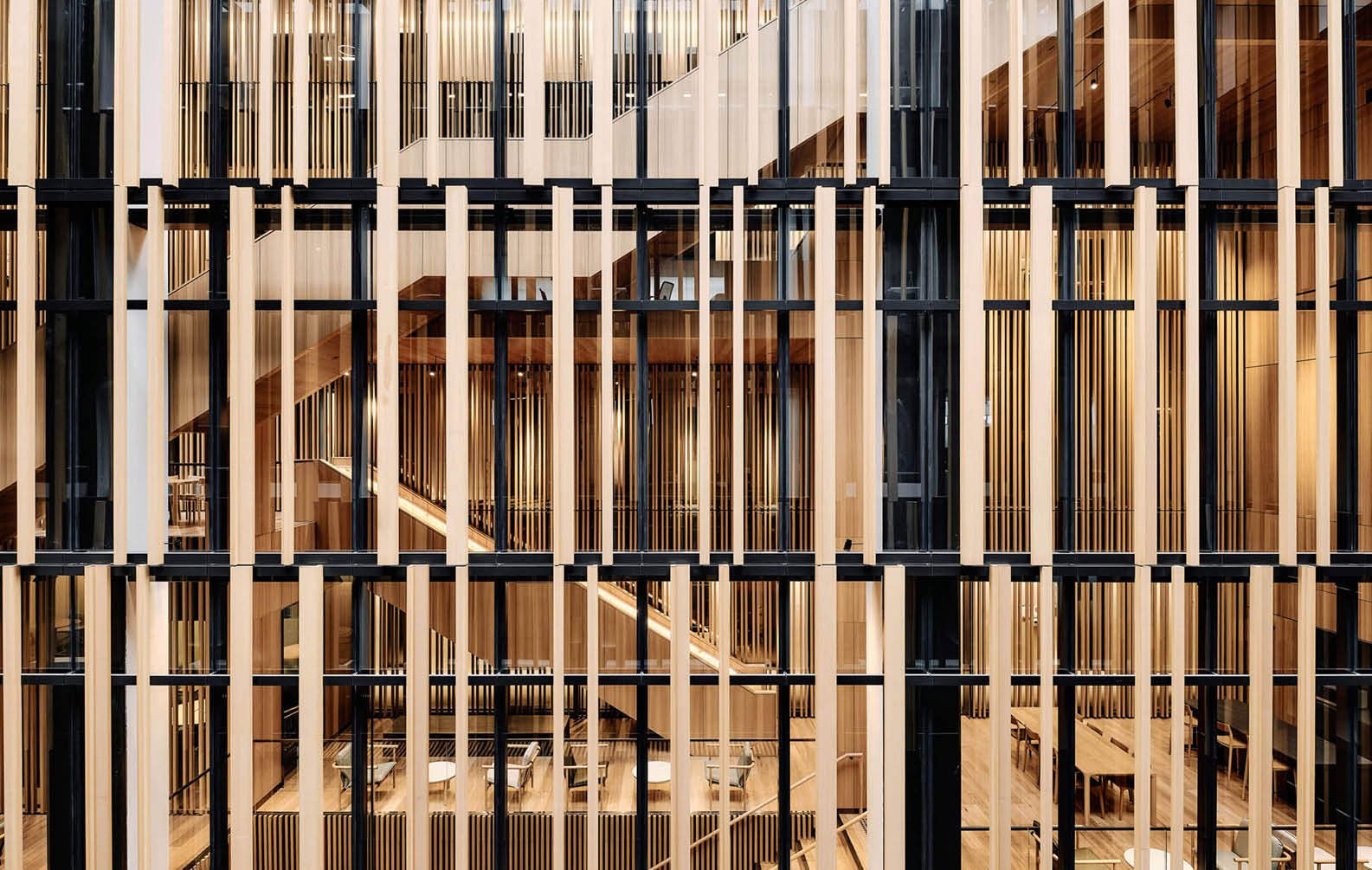
Embassy of Australian - Washington
The environmentally sensitive design embodies the spirit of Australia through direct references to the distinctive Australian landscape: its bright and clear natural light and open skies, its warm materiality and its vast scale...
Bates Smart
